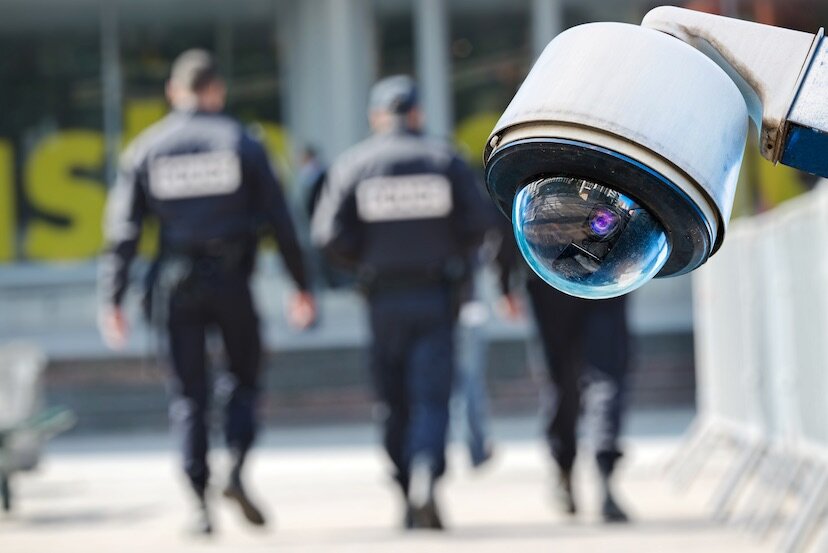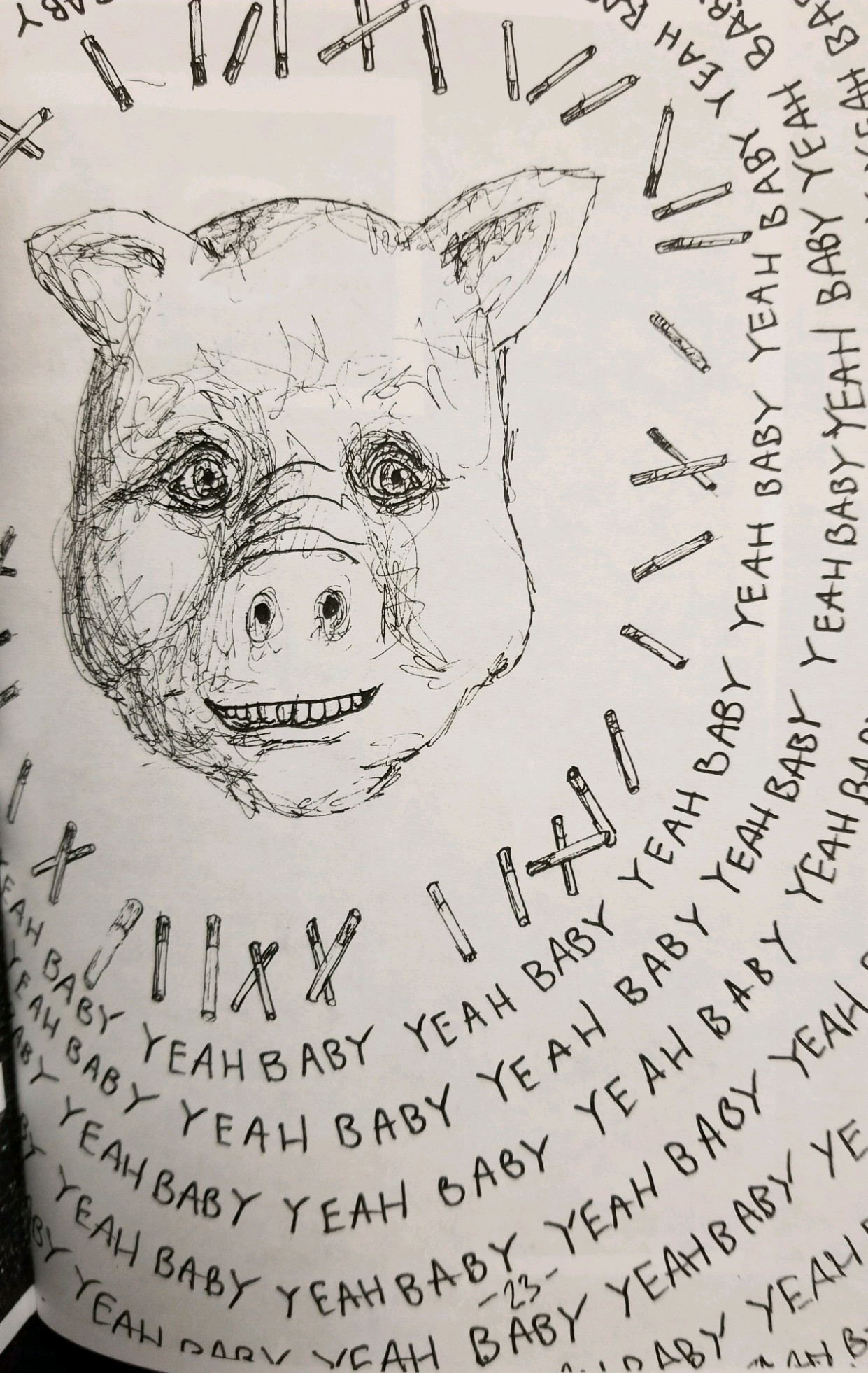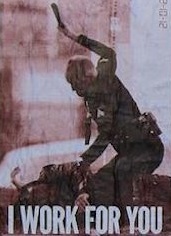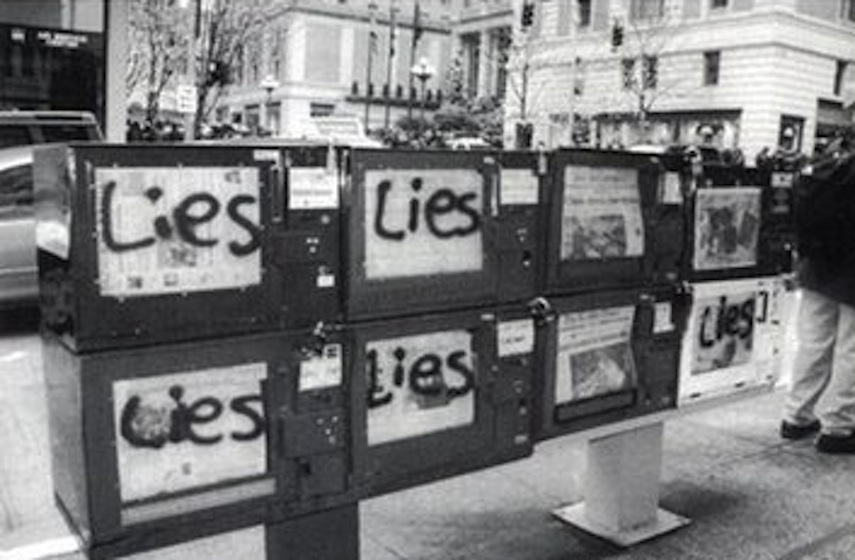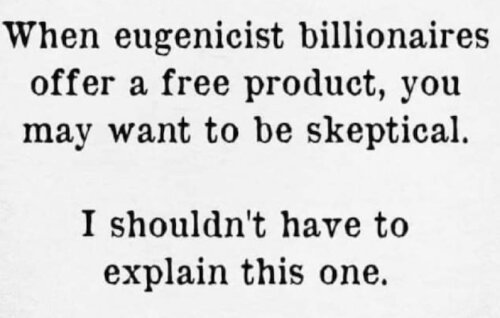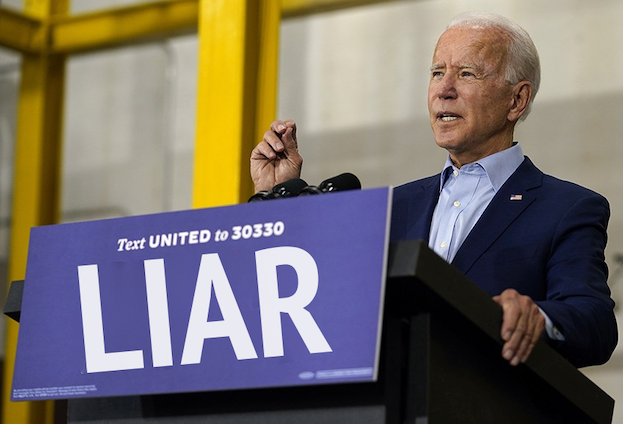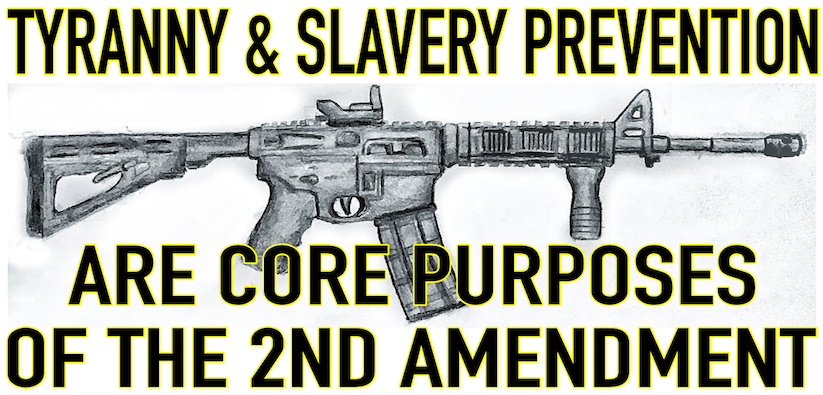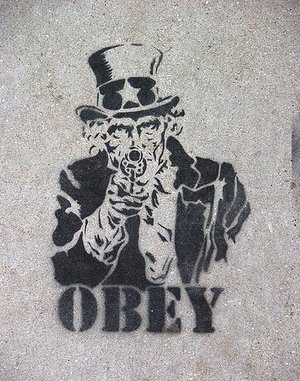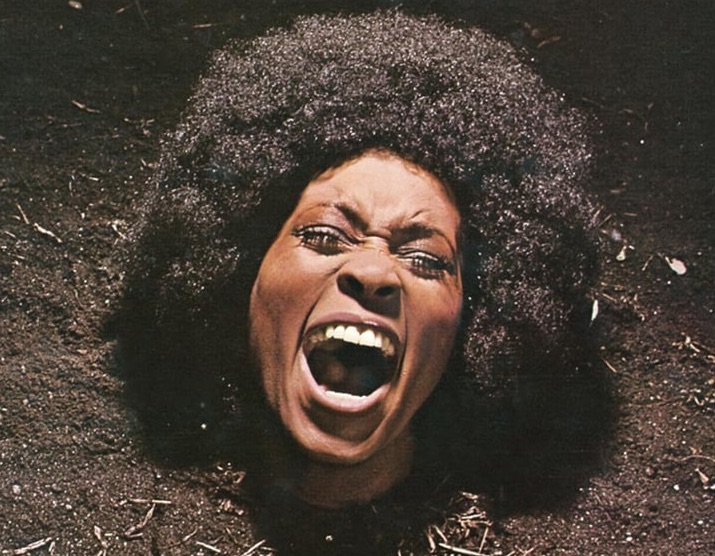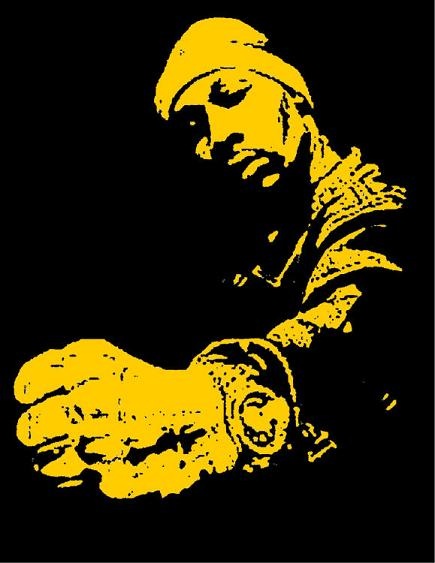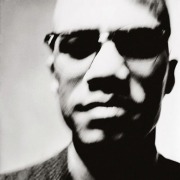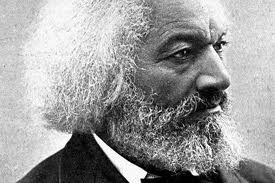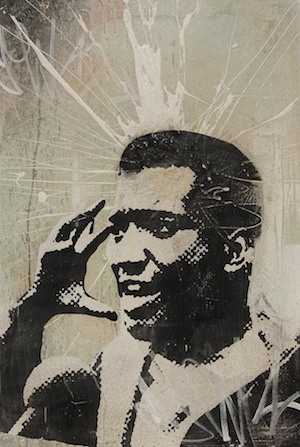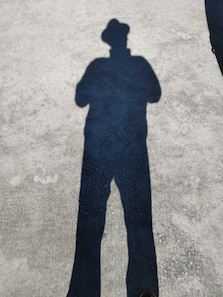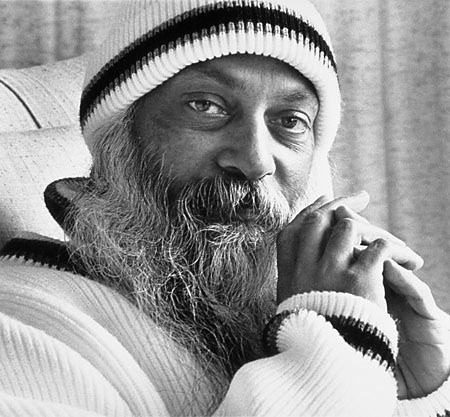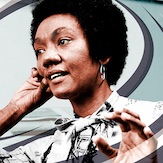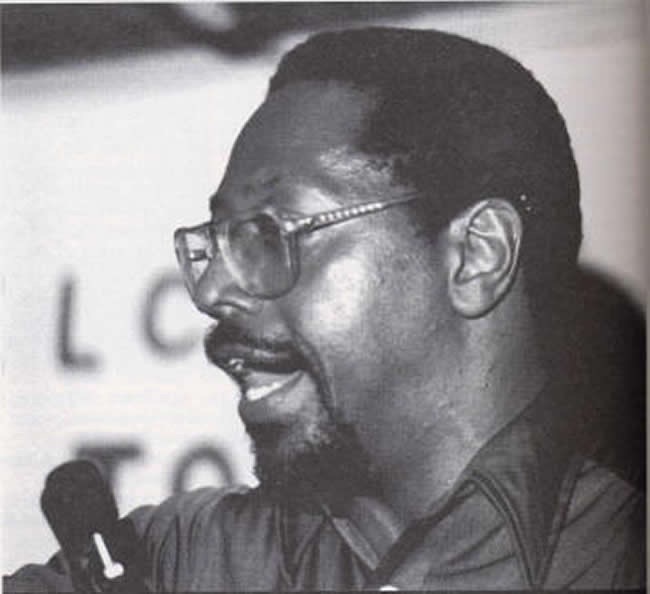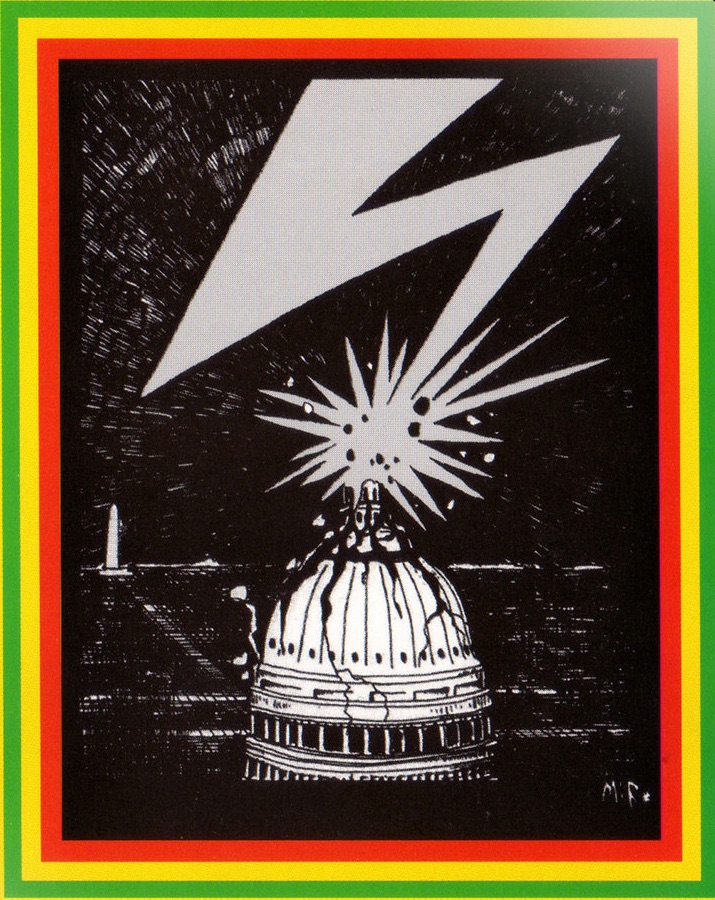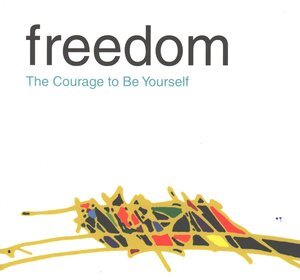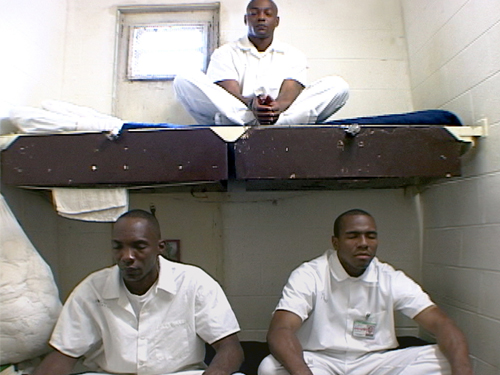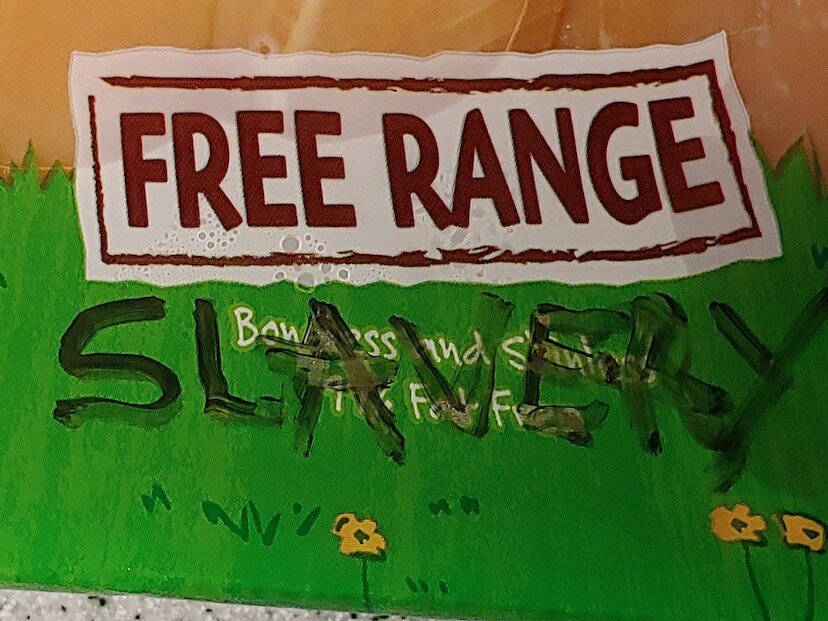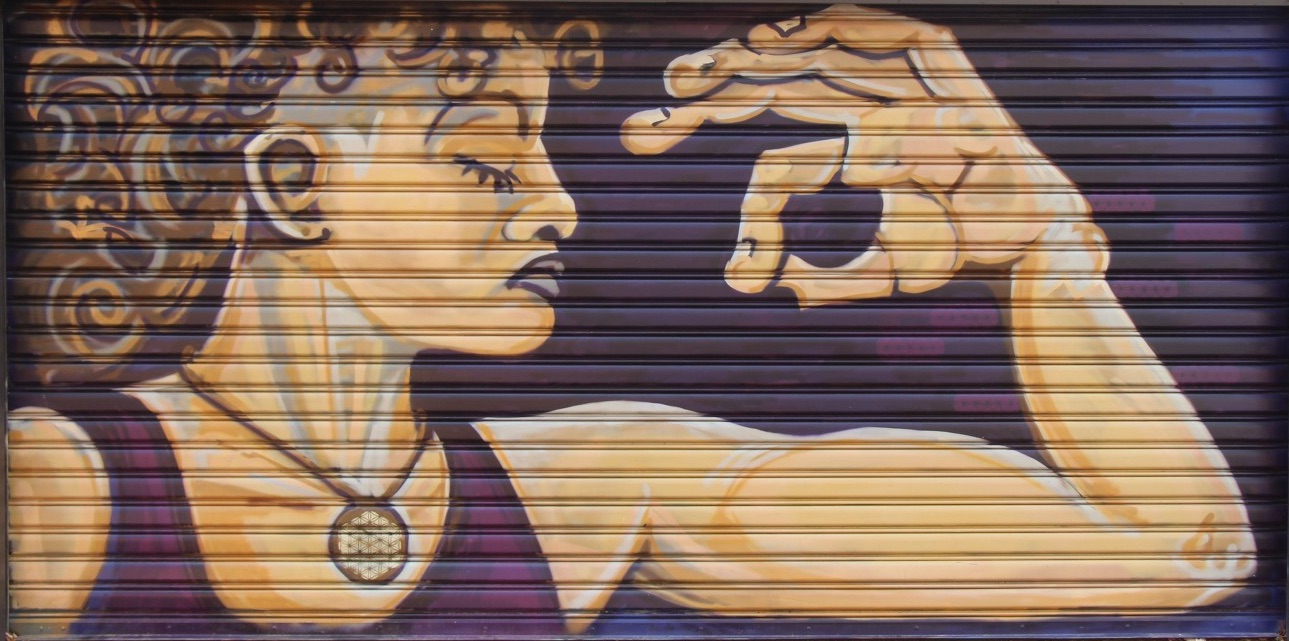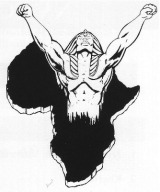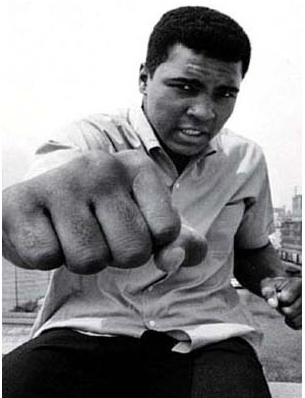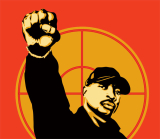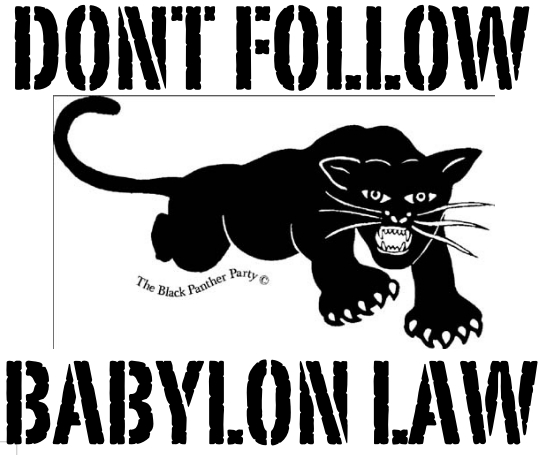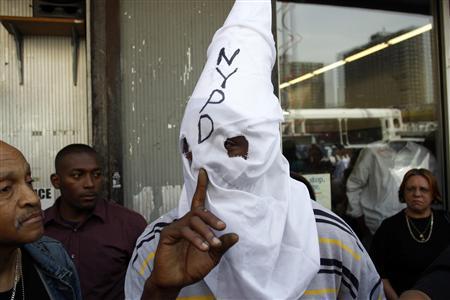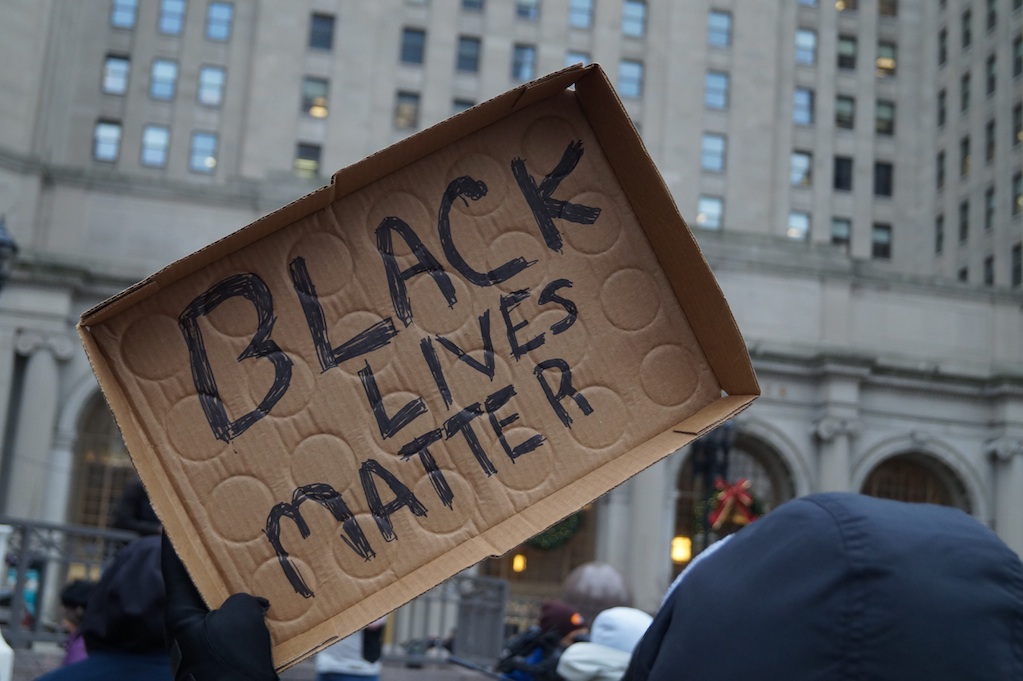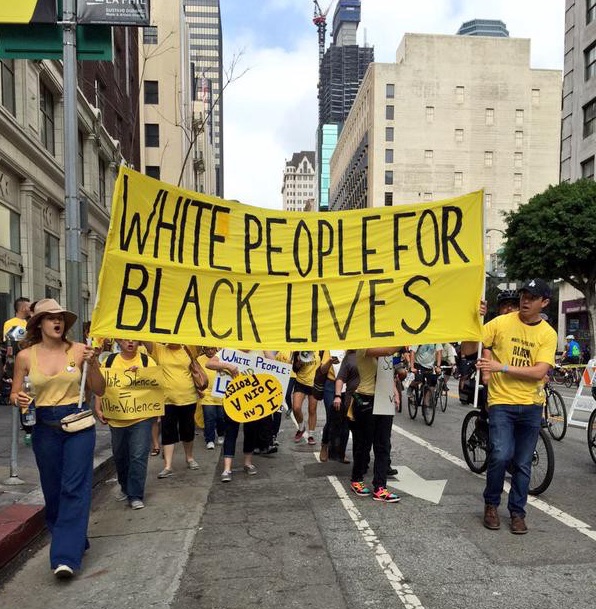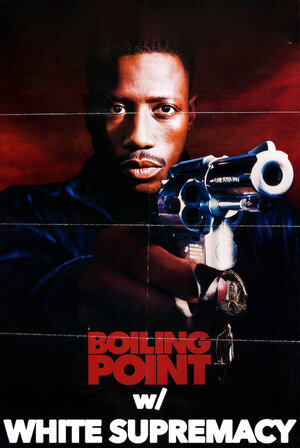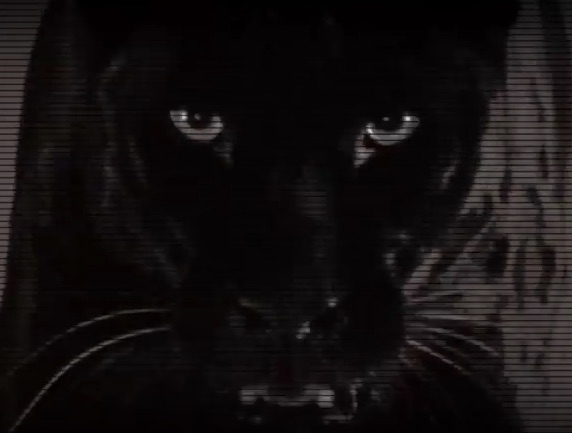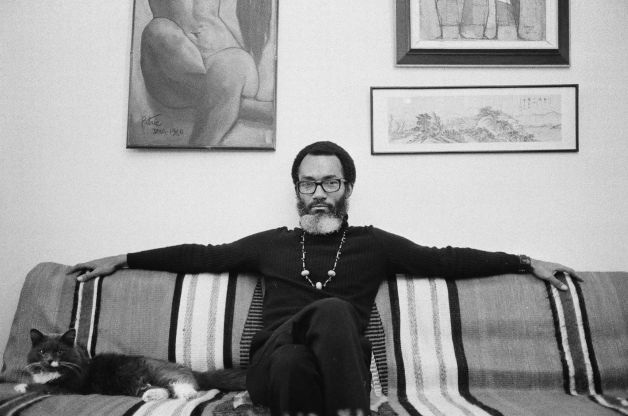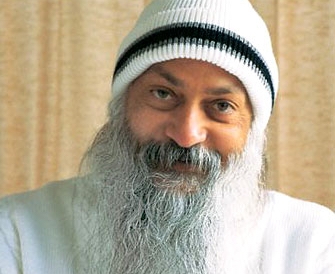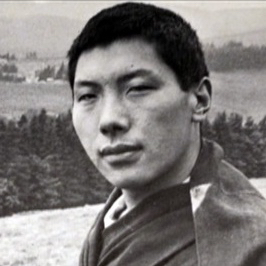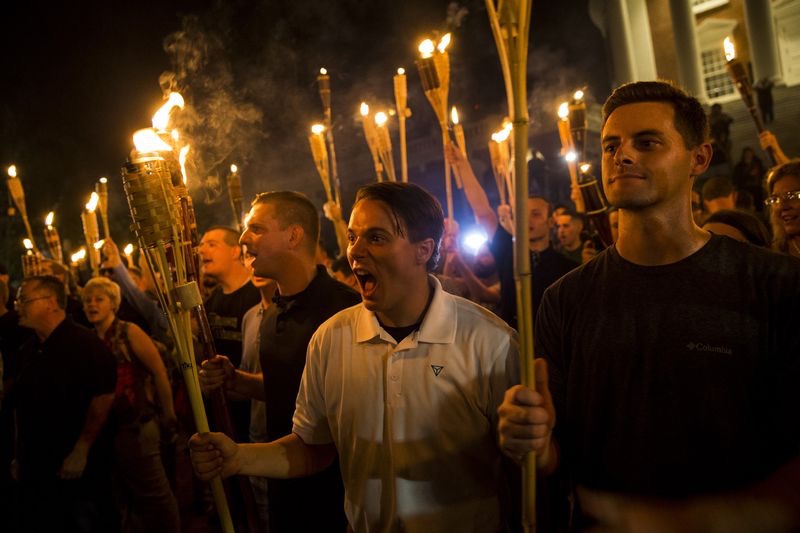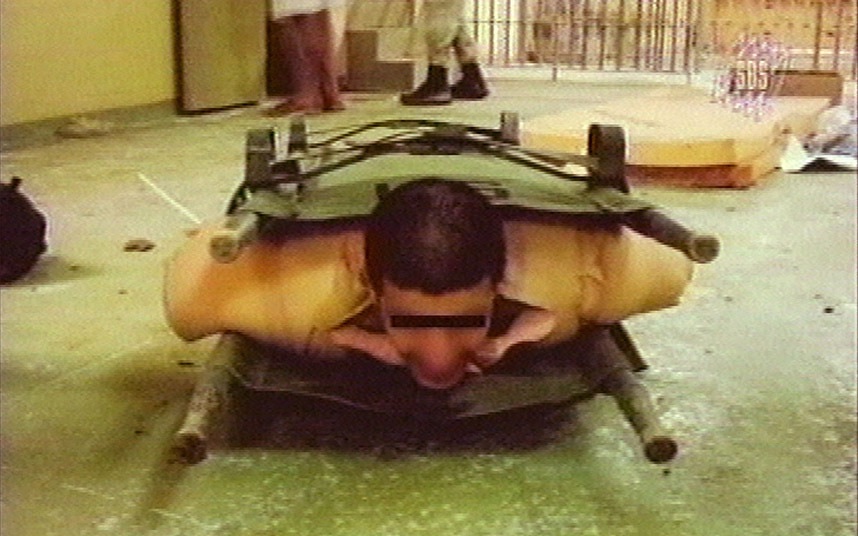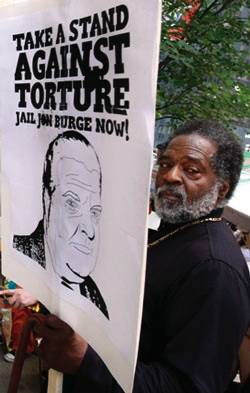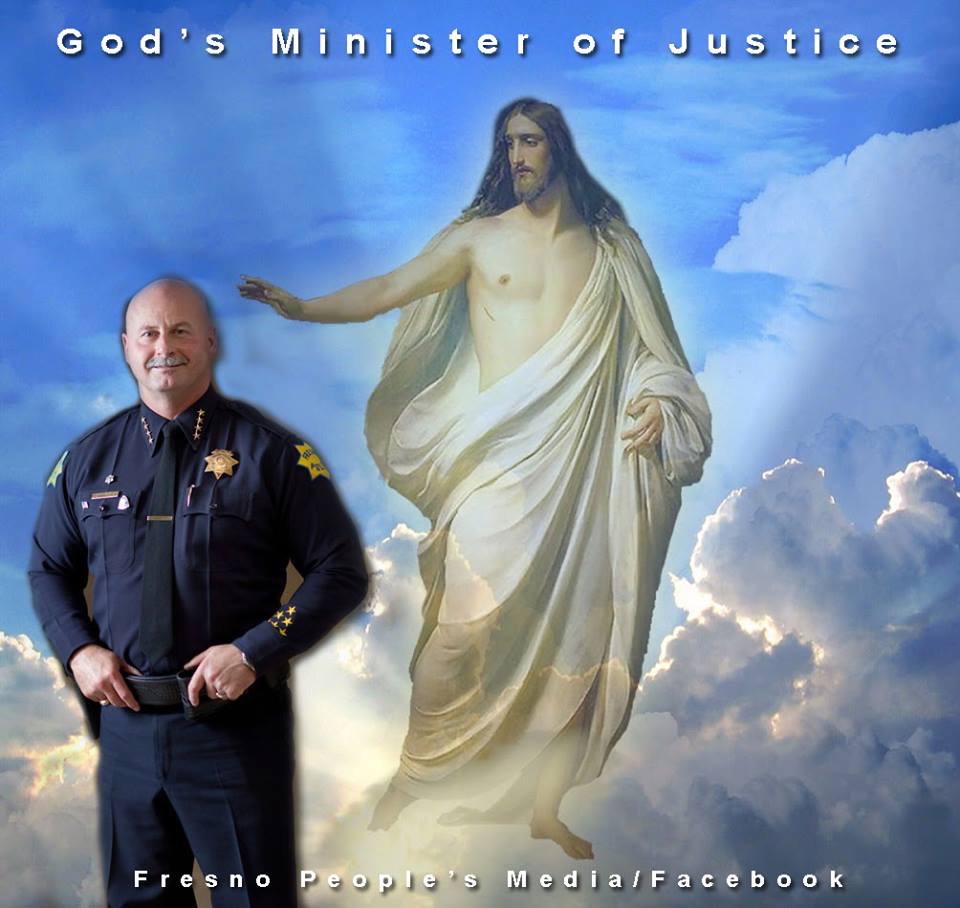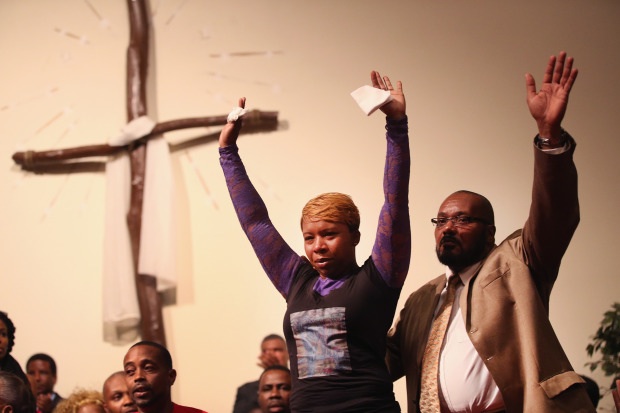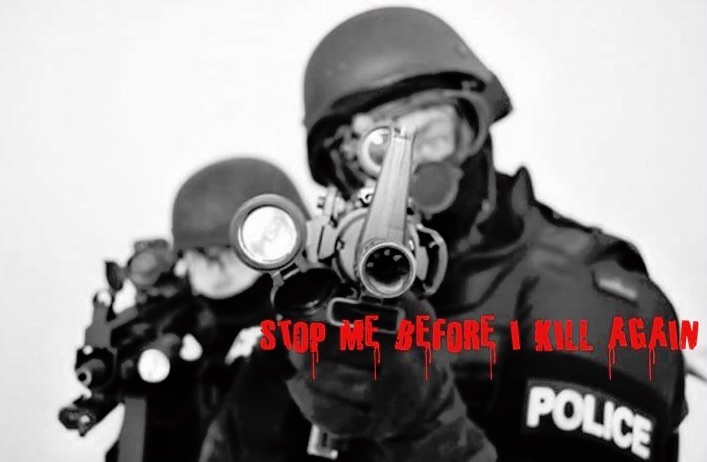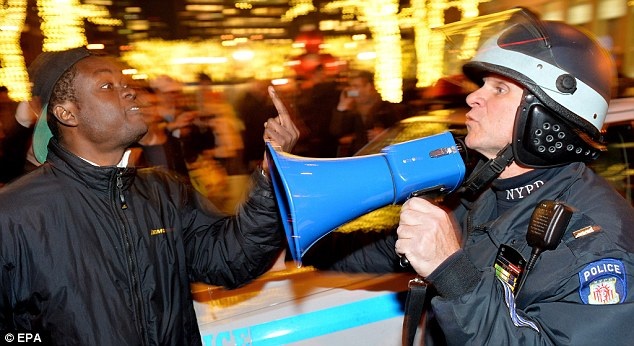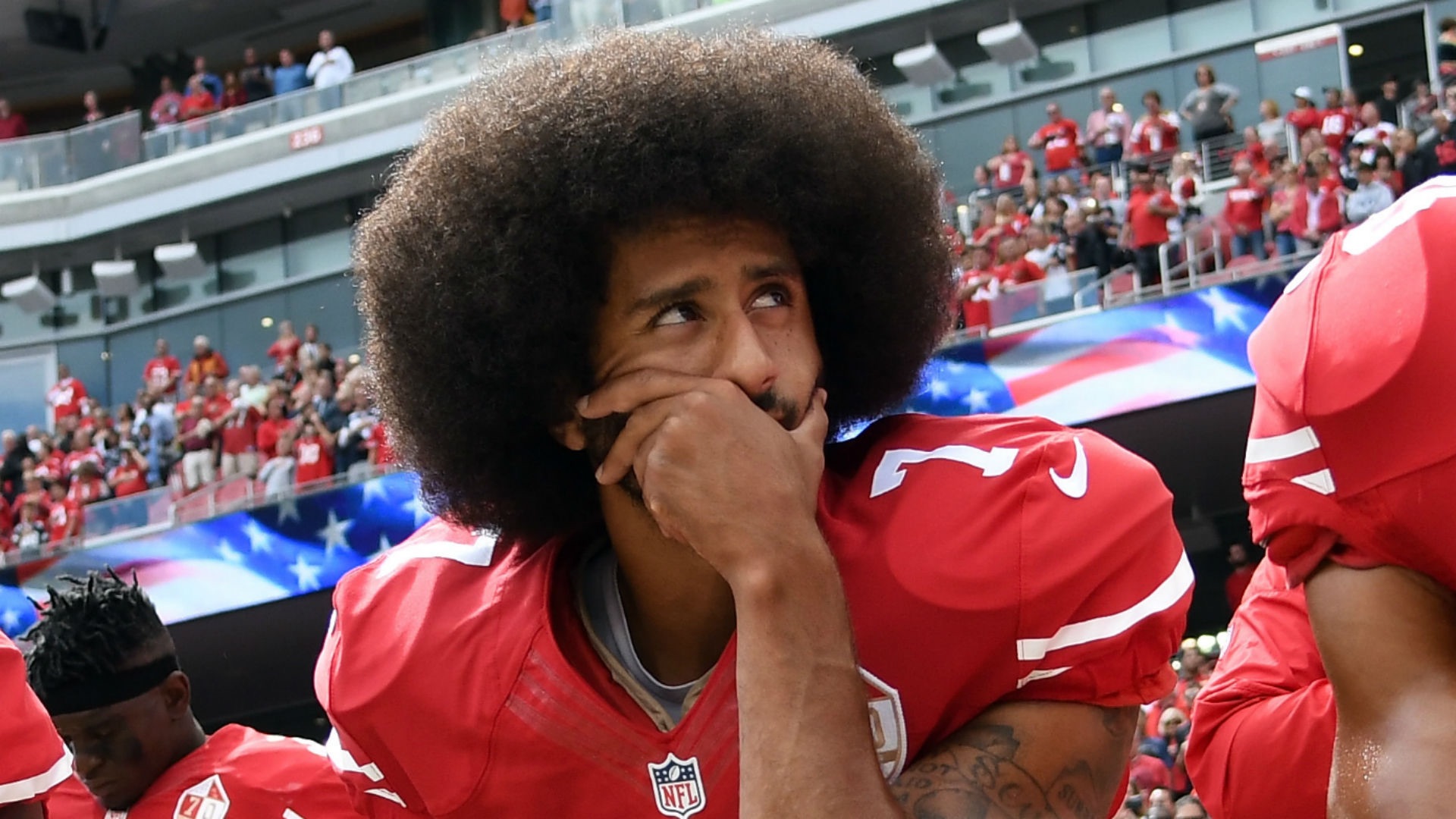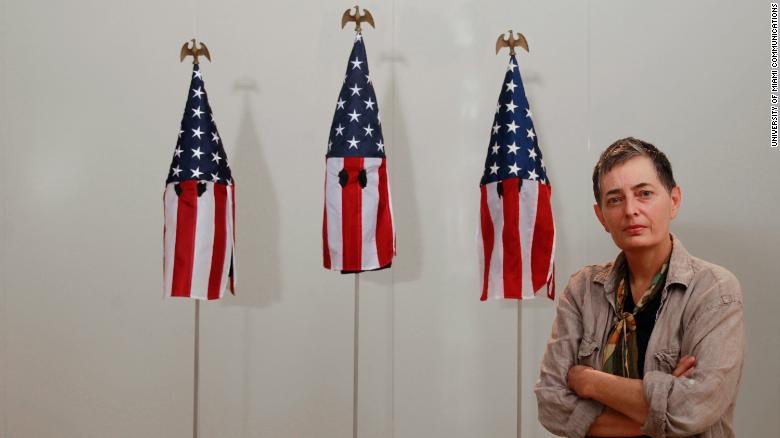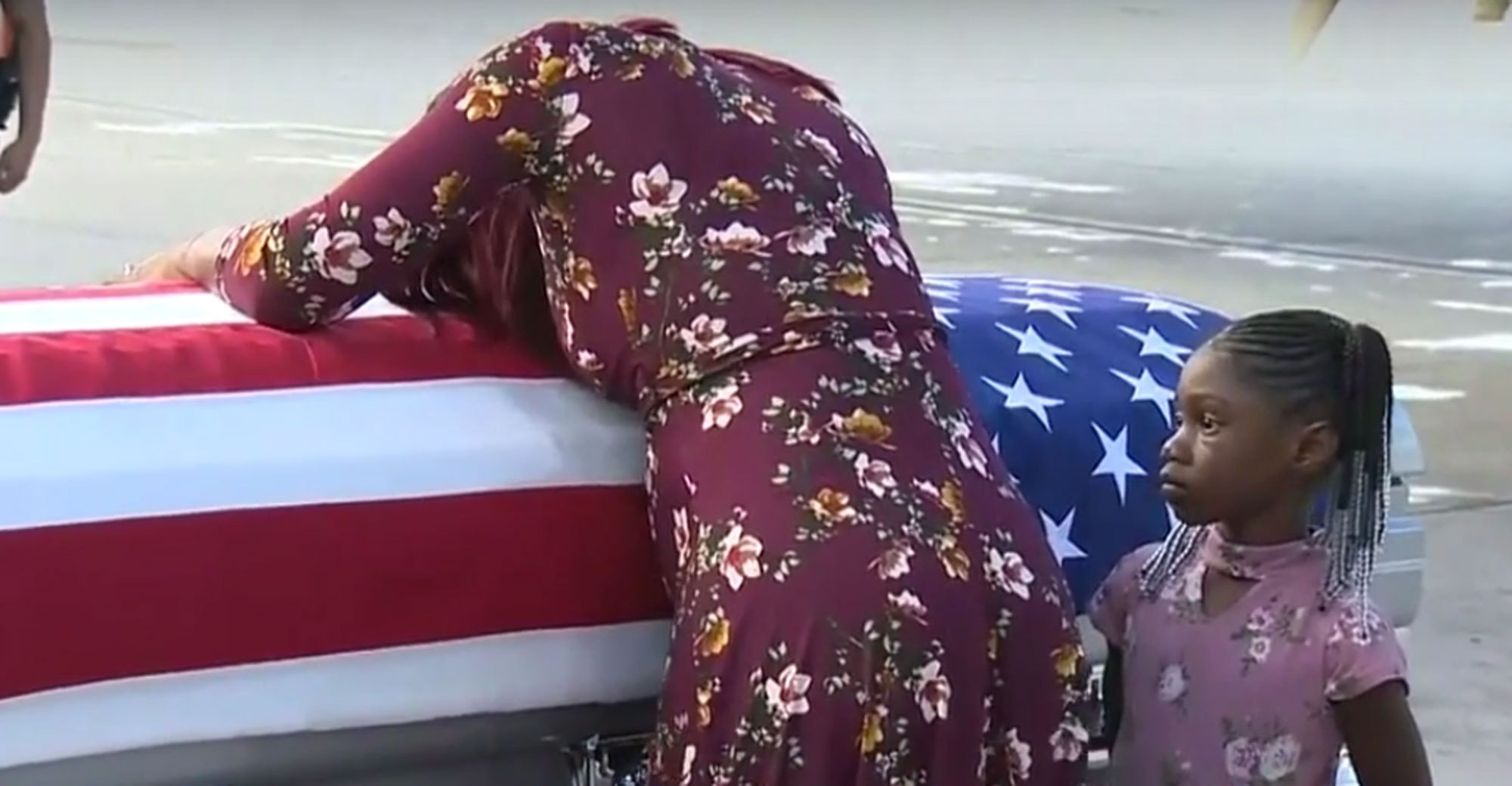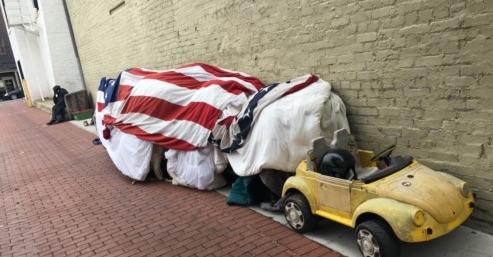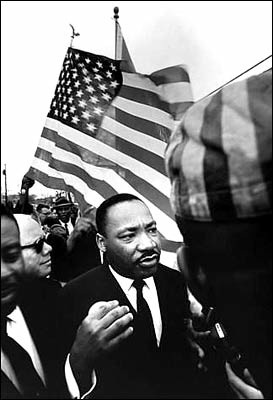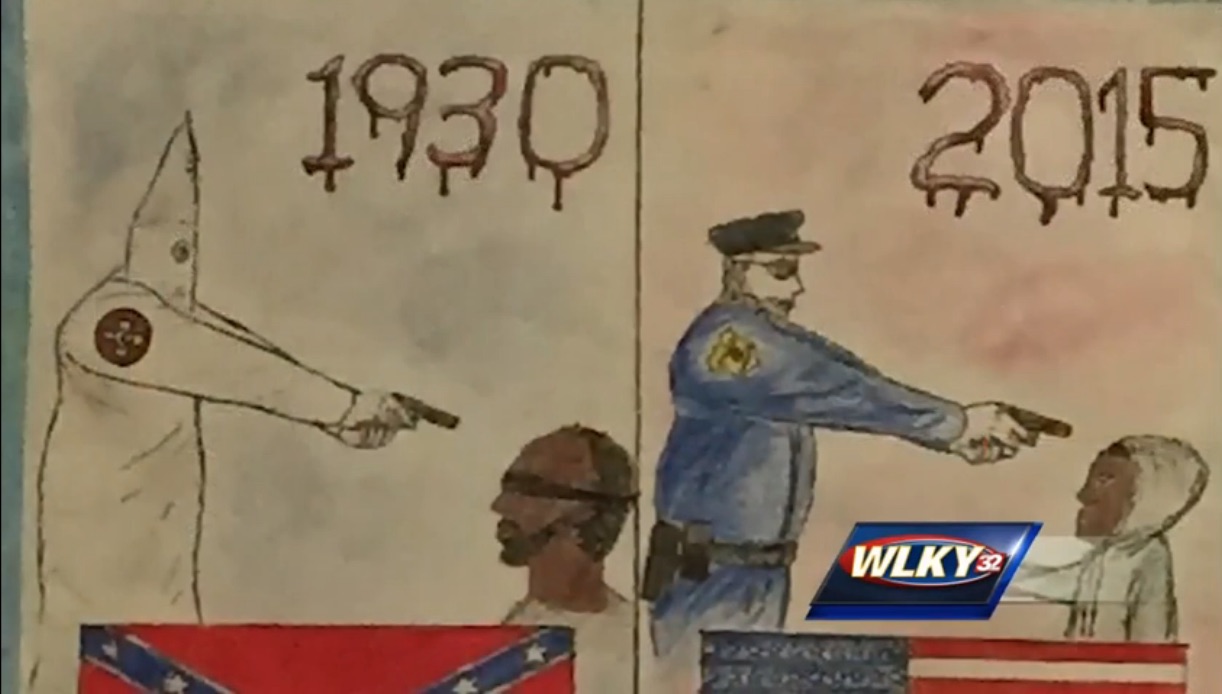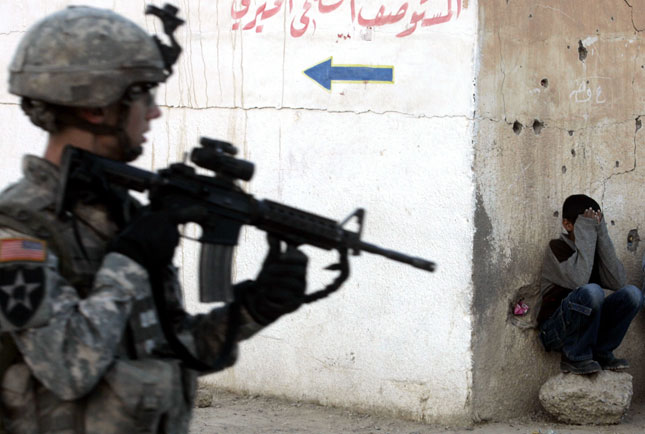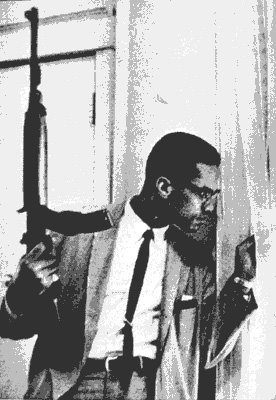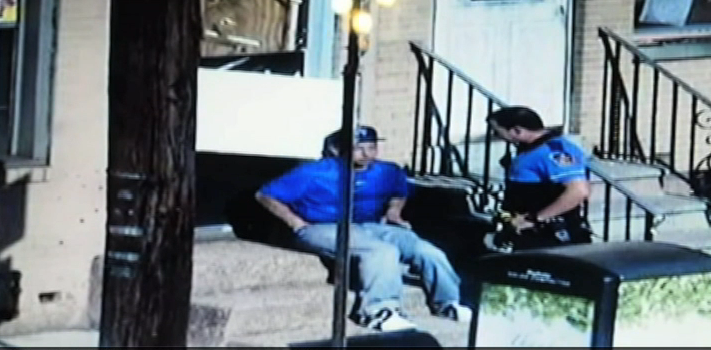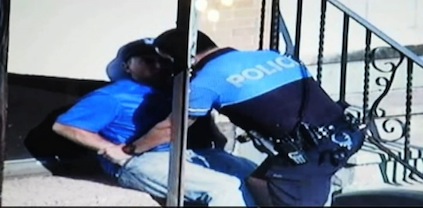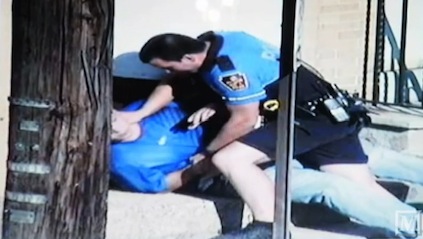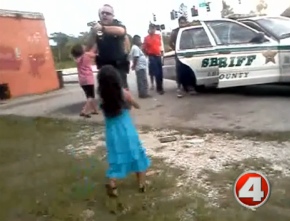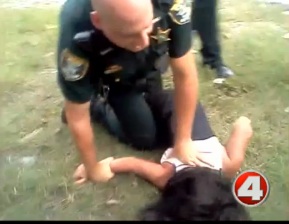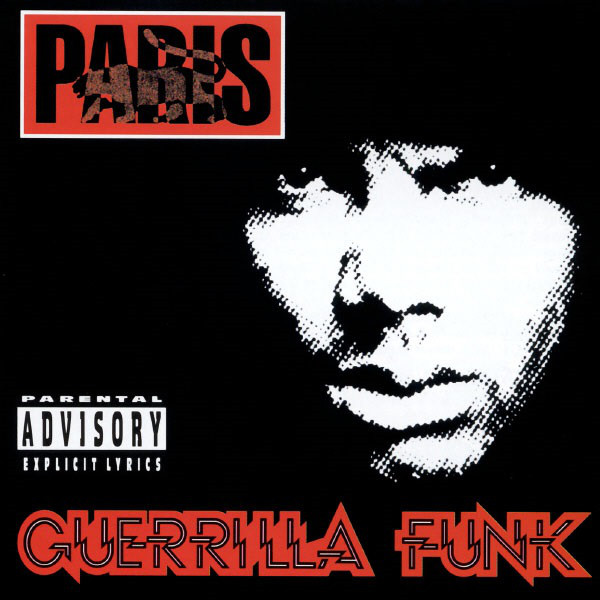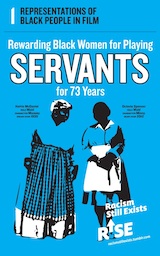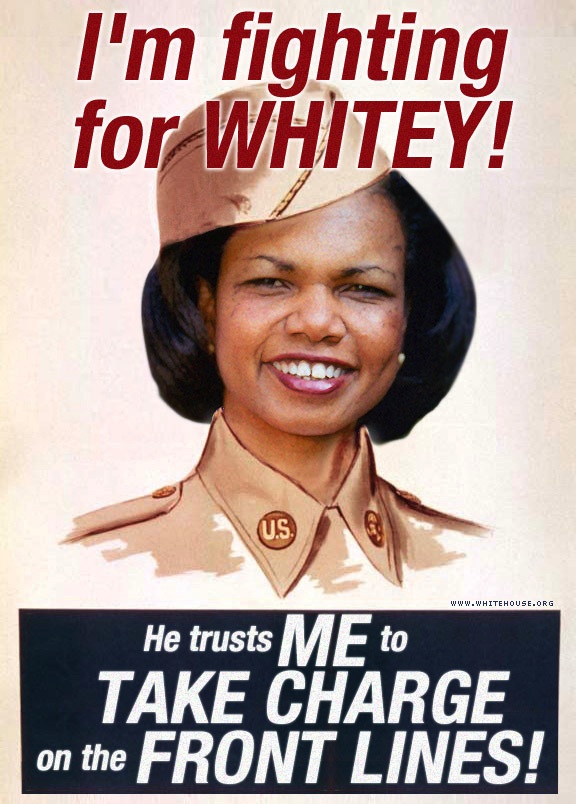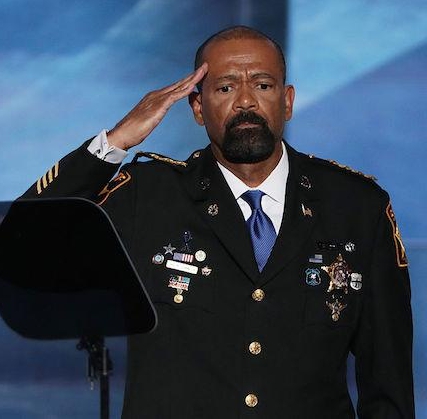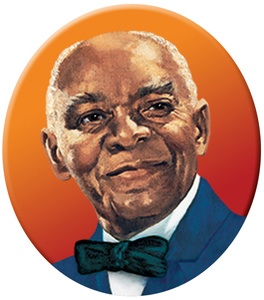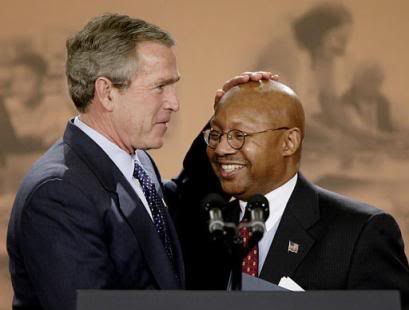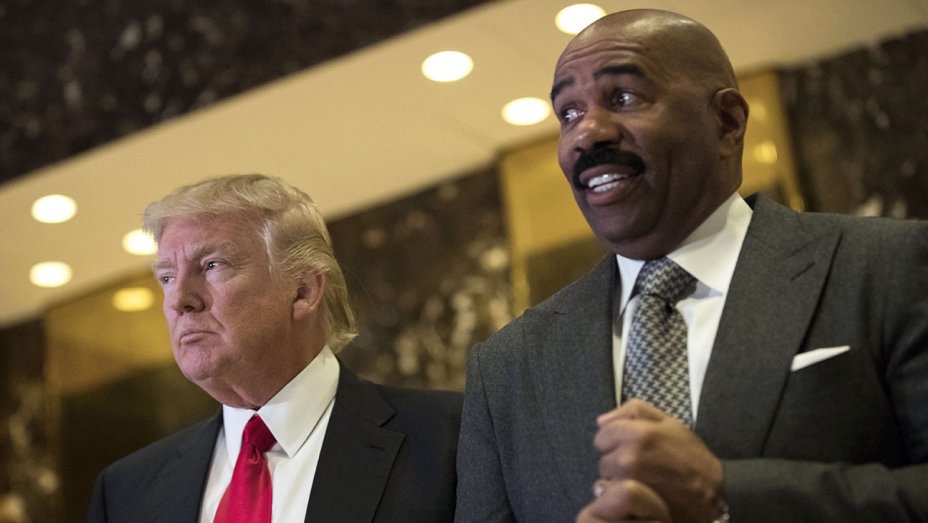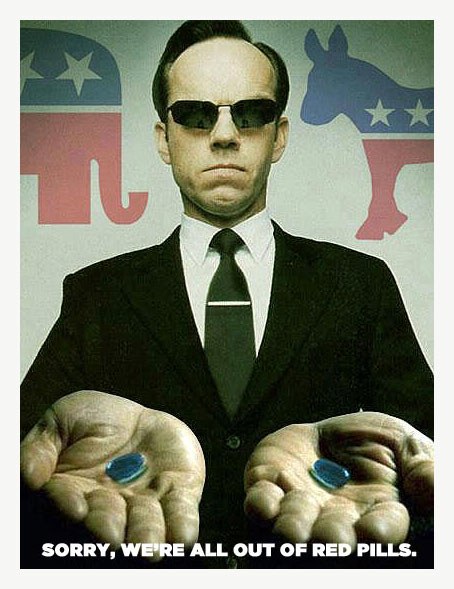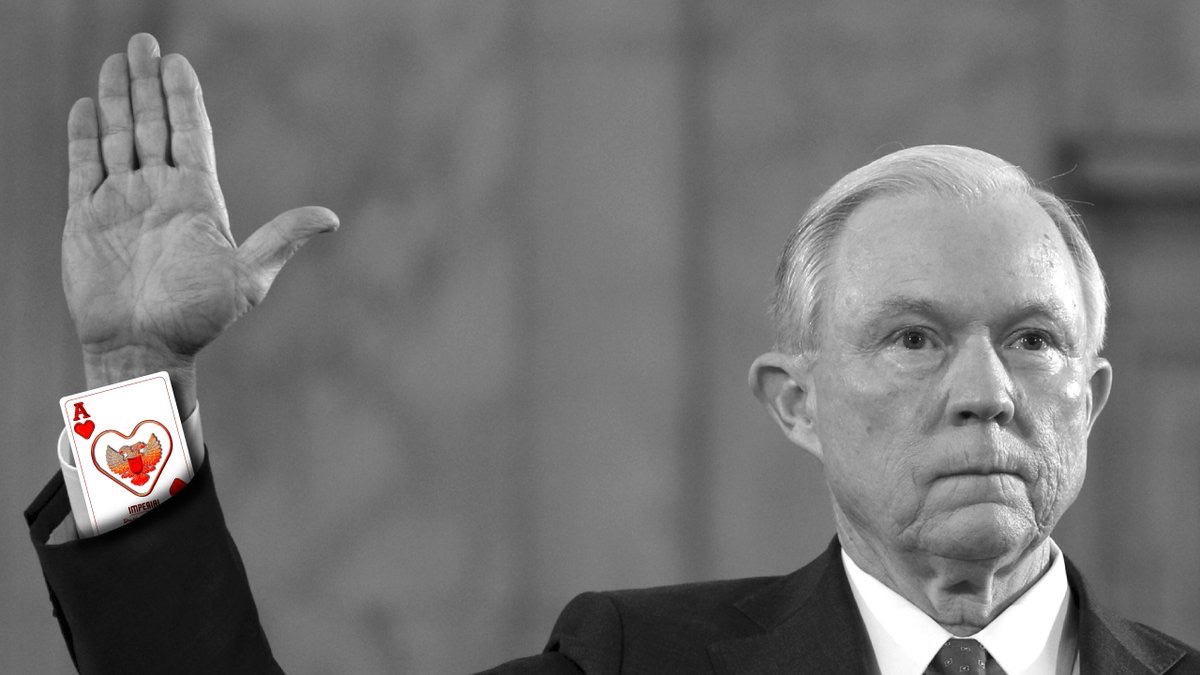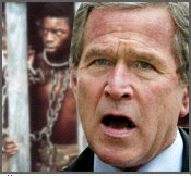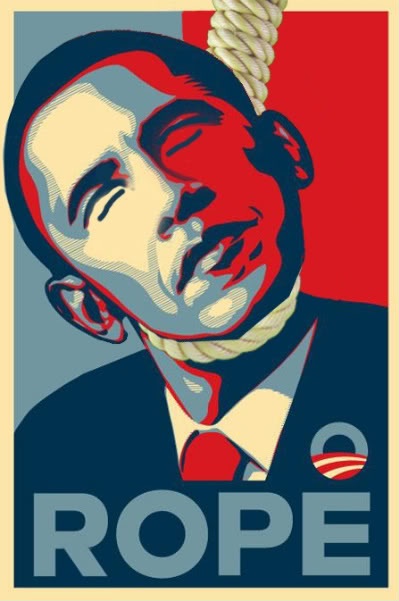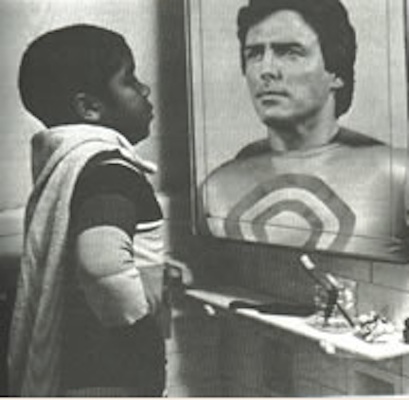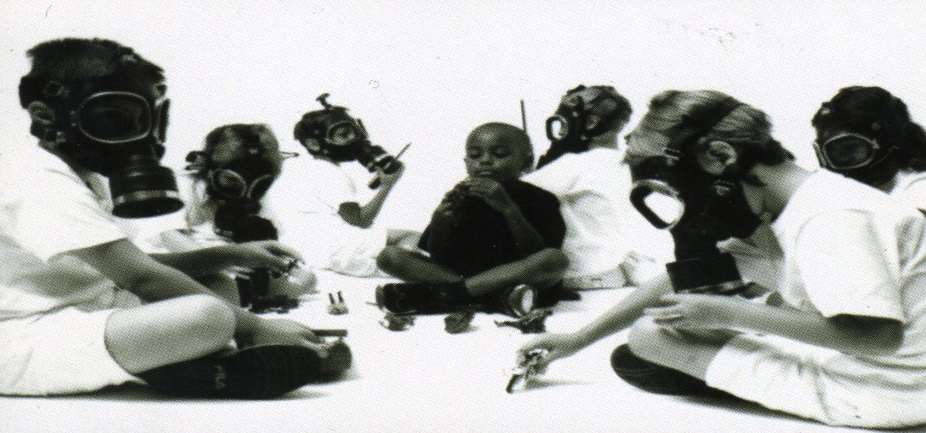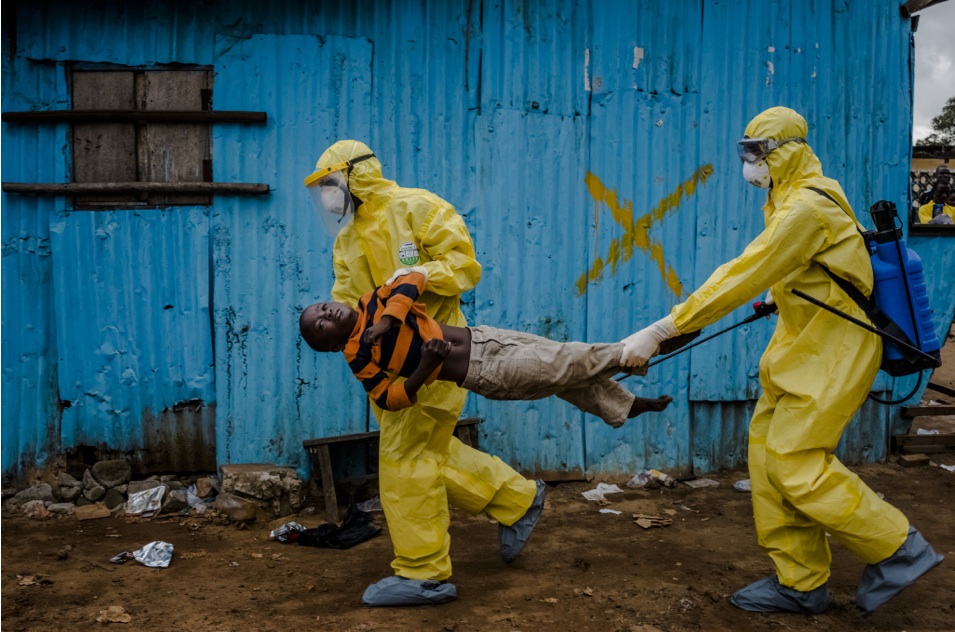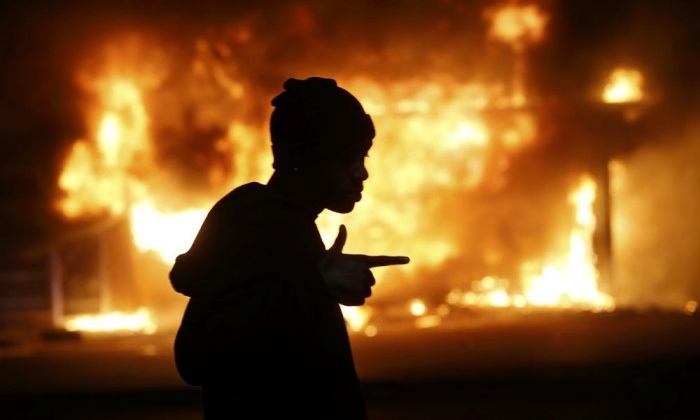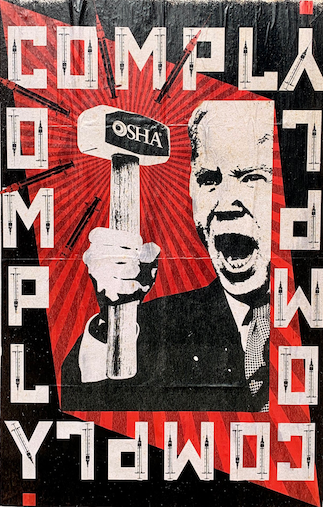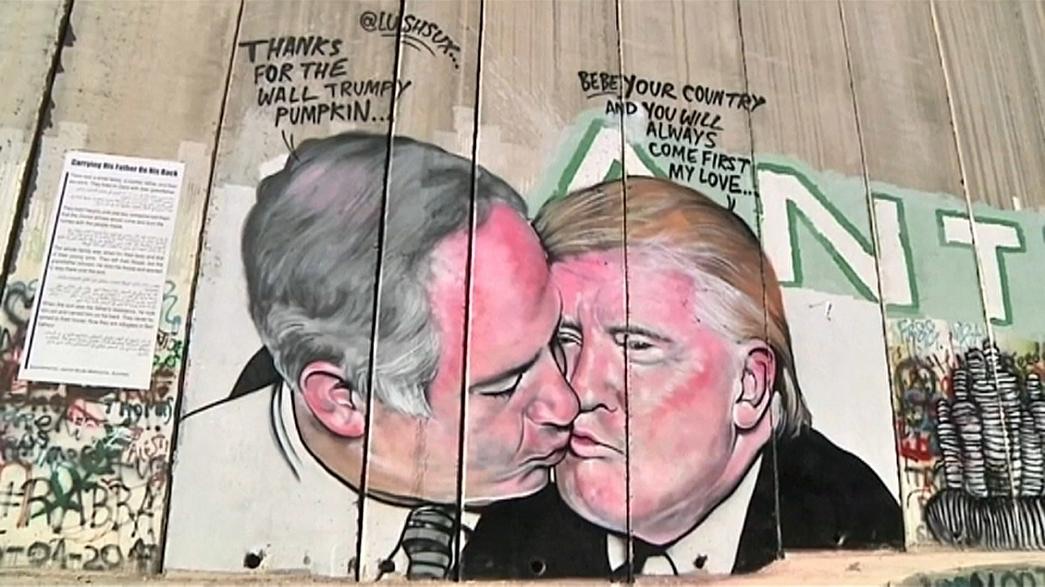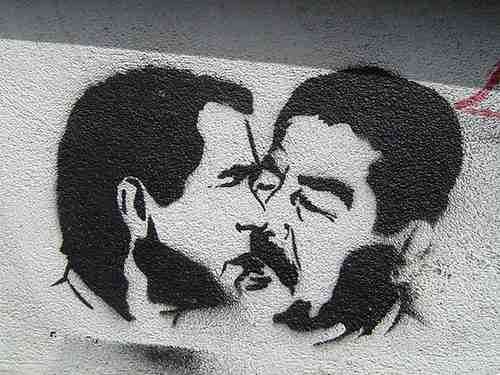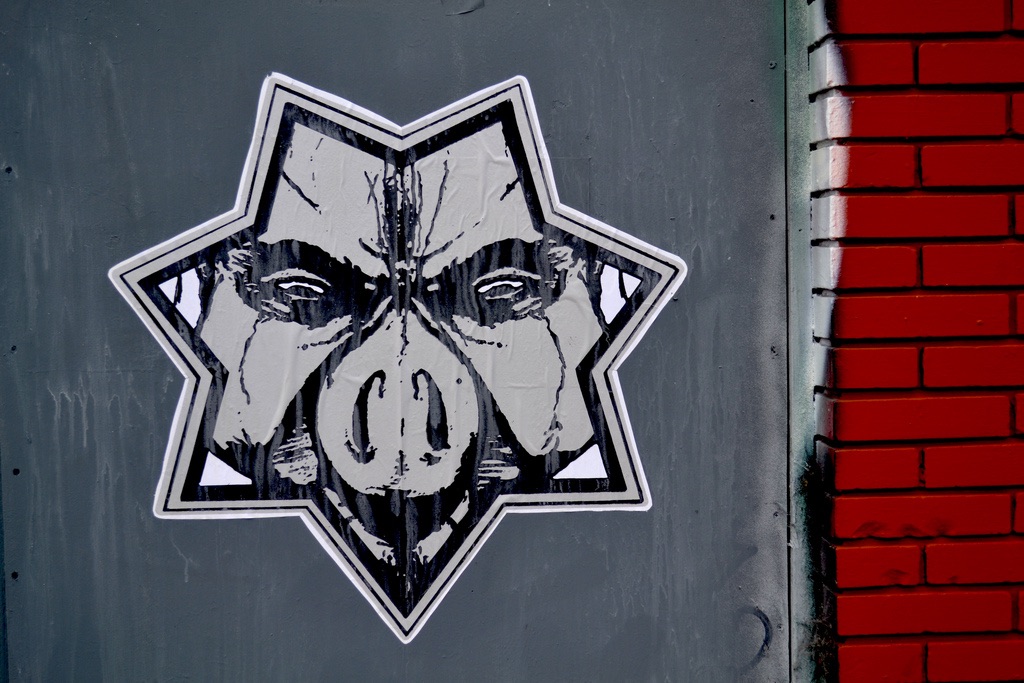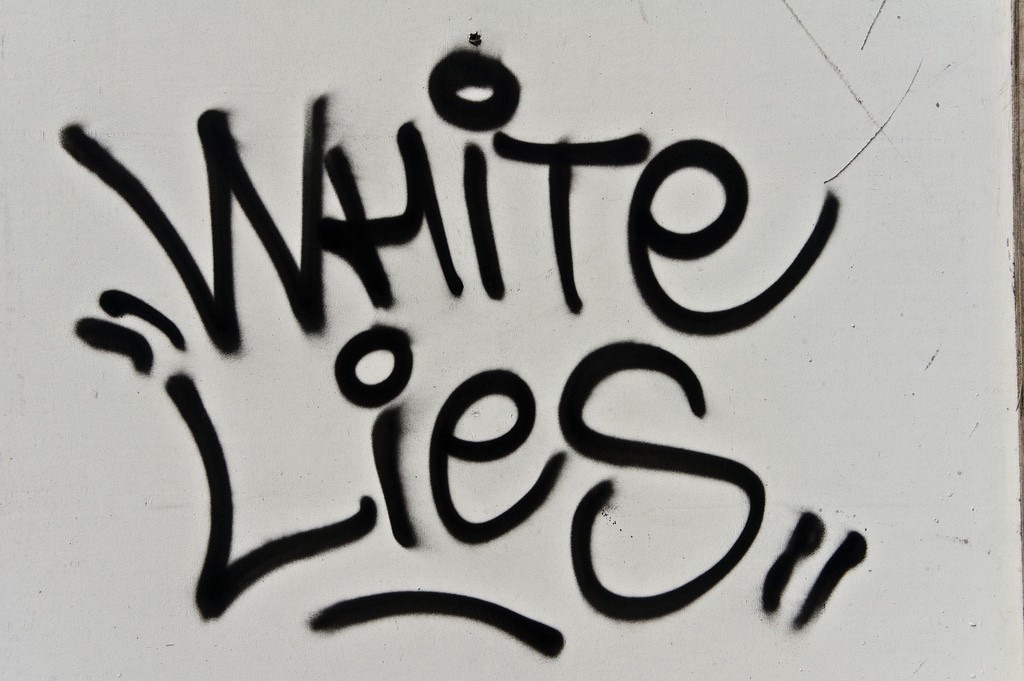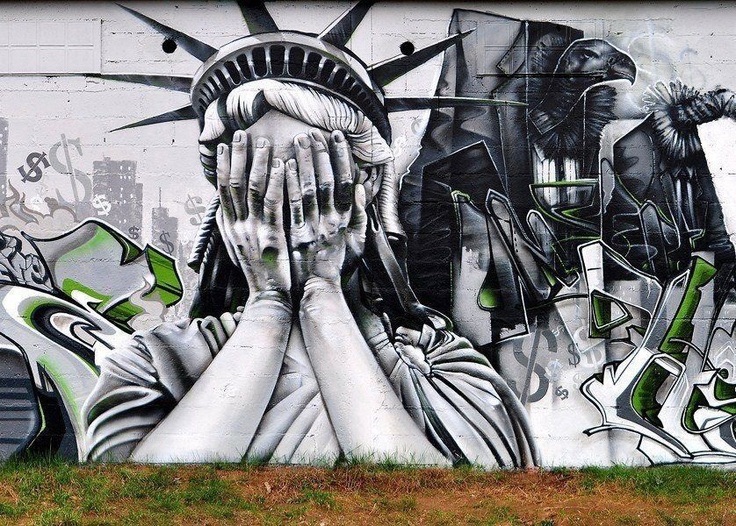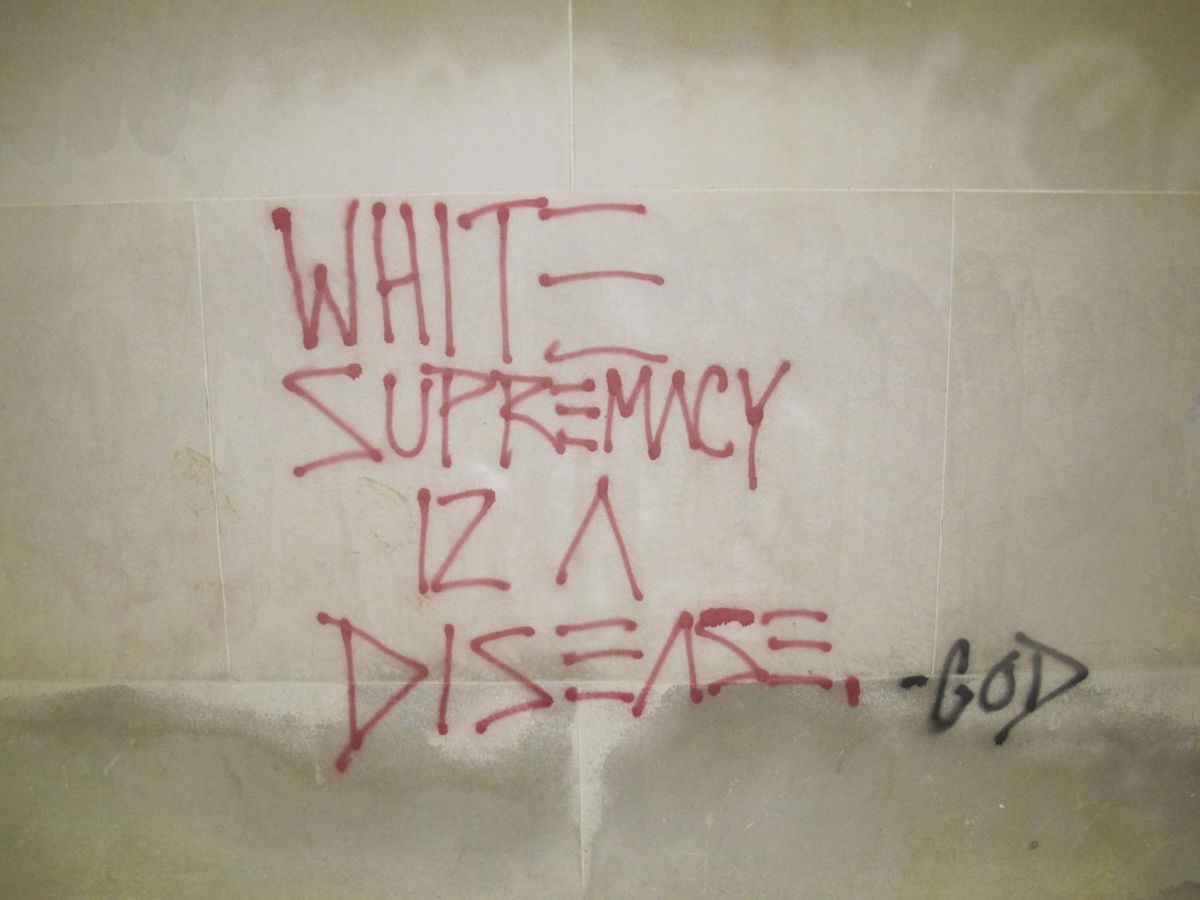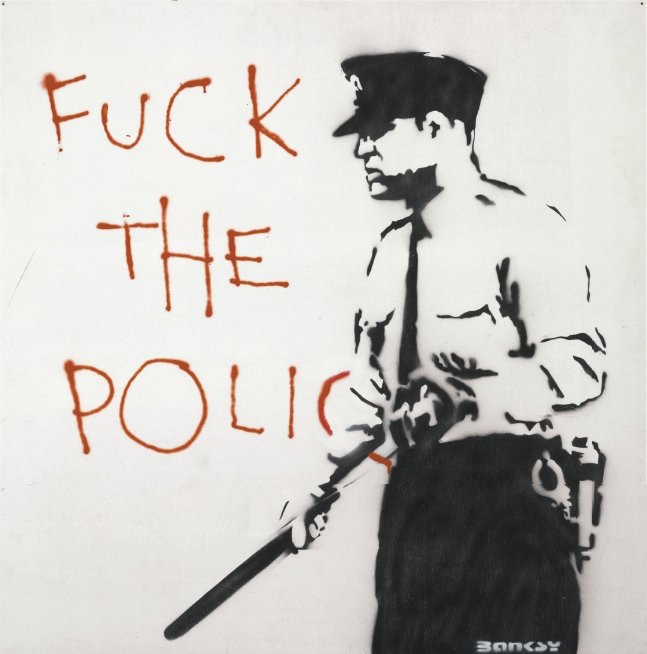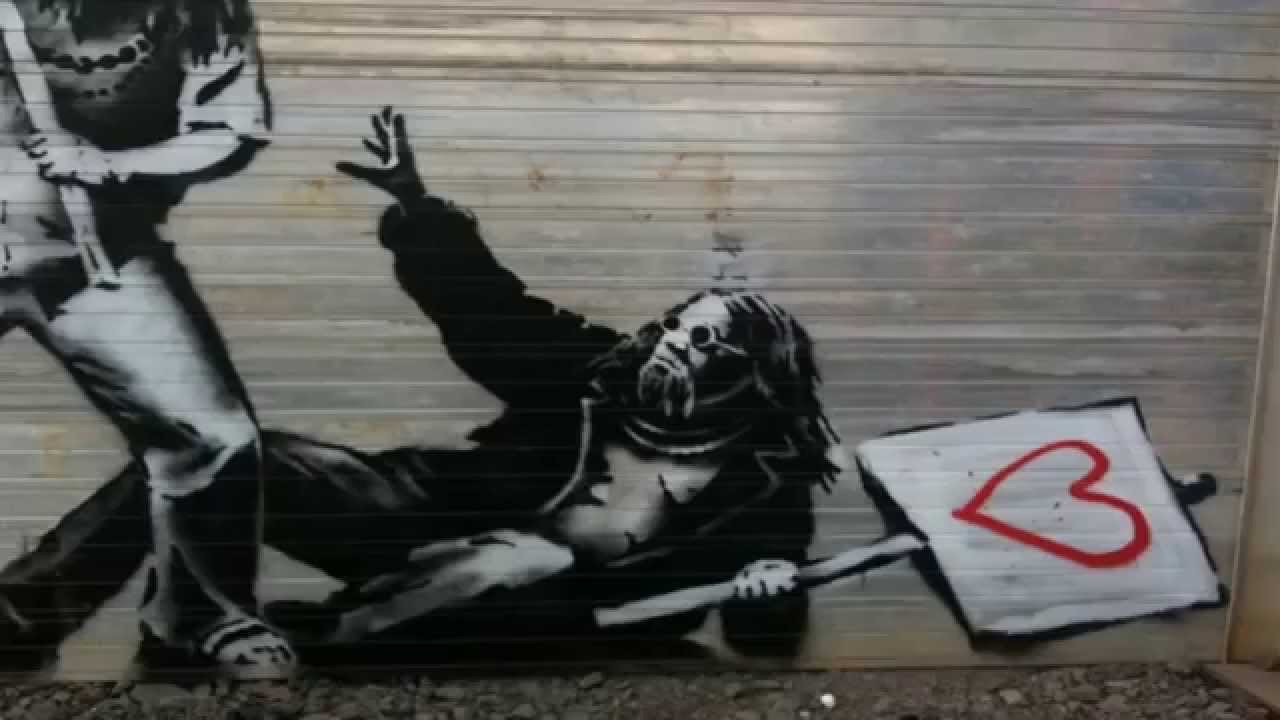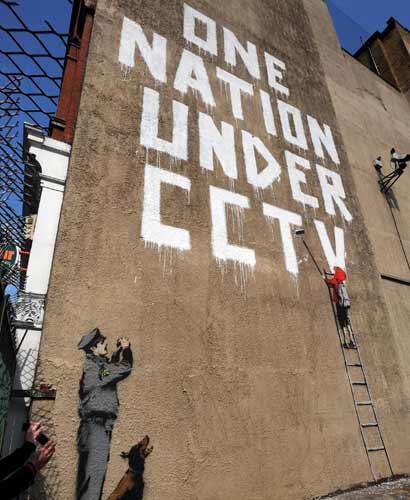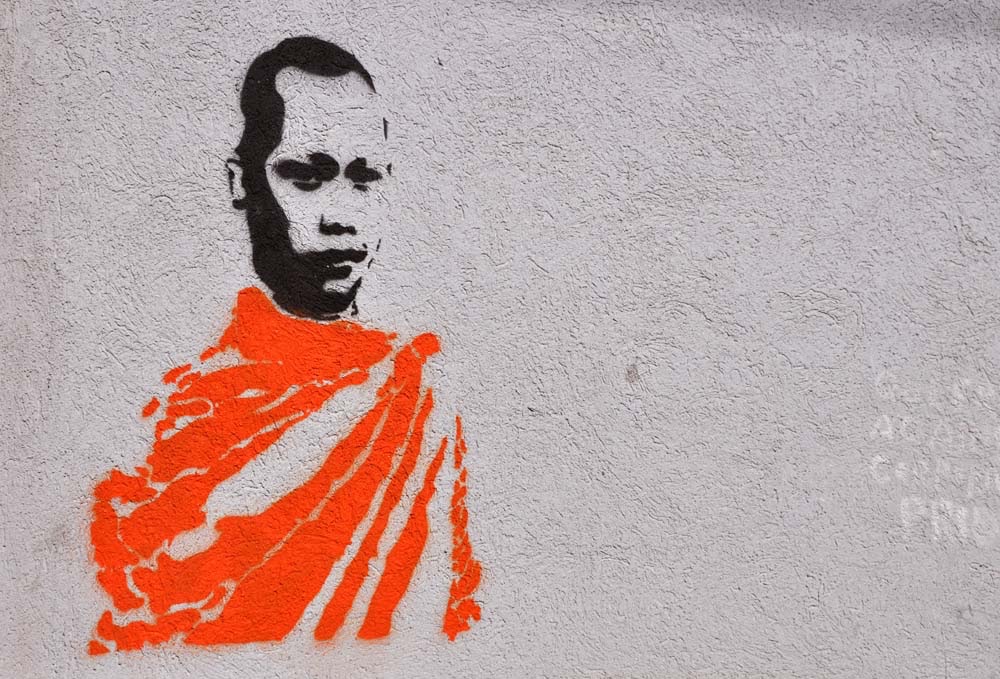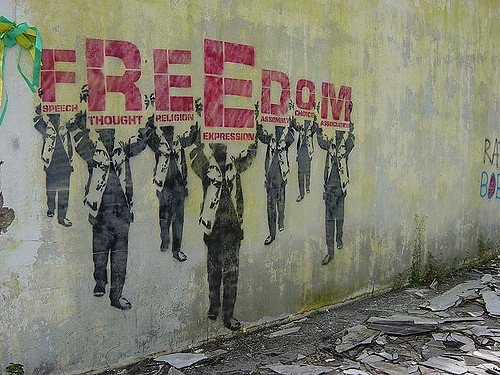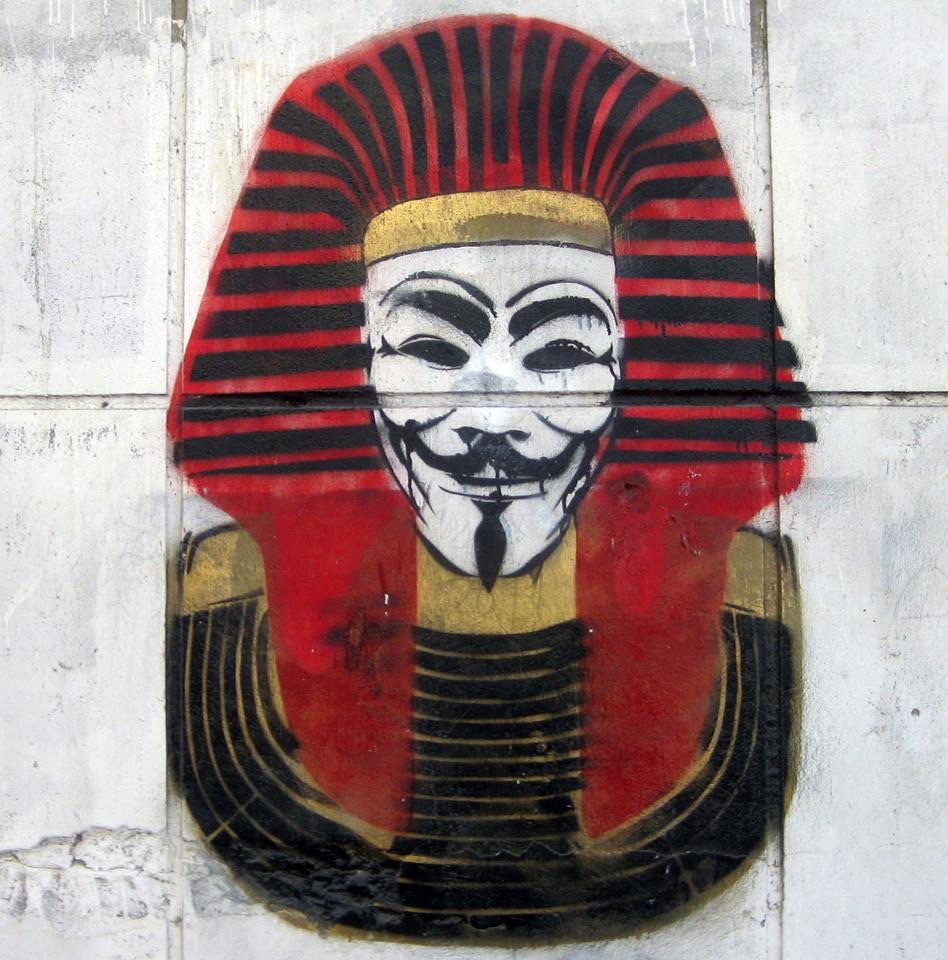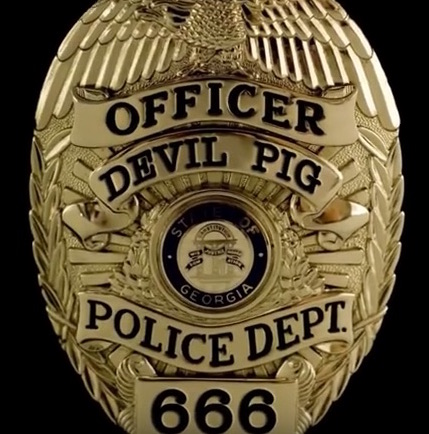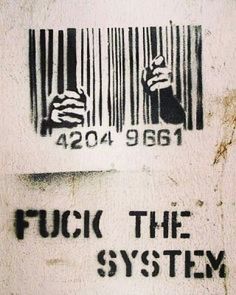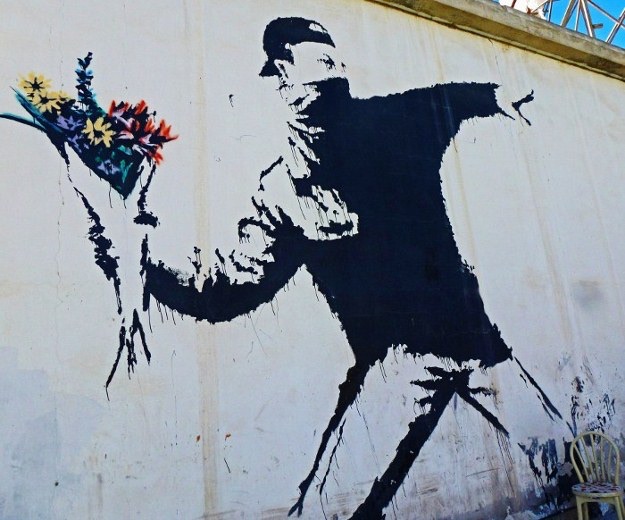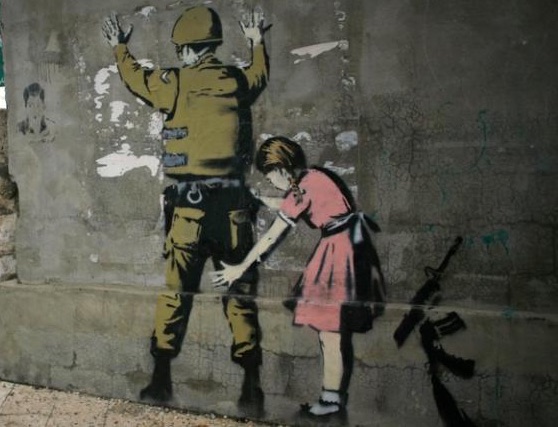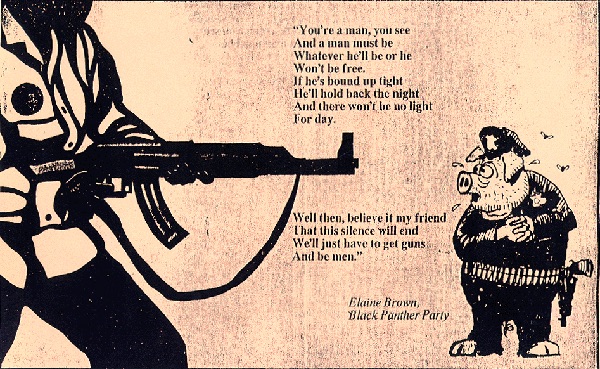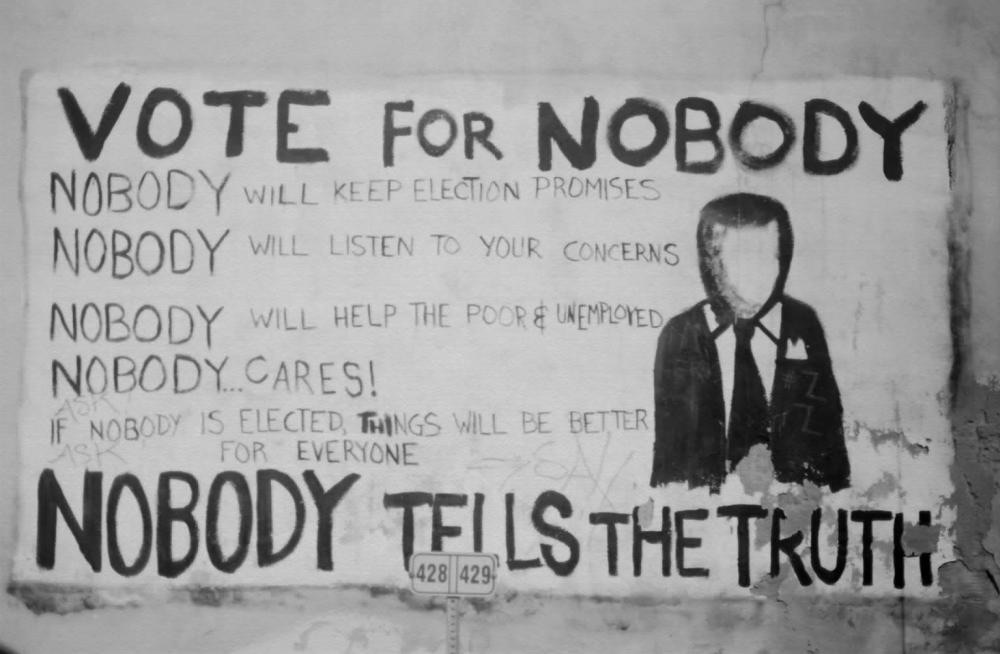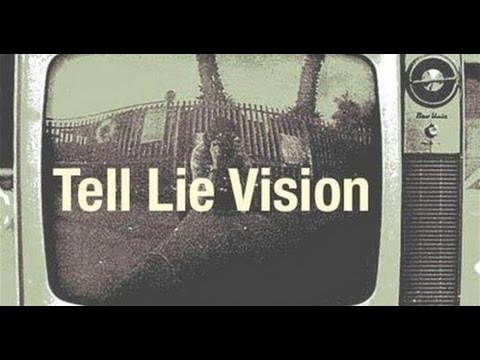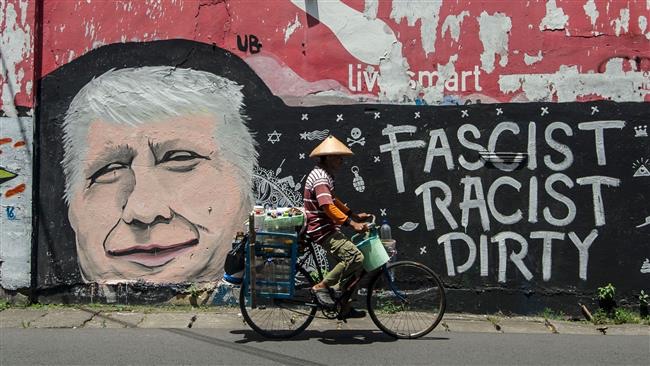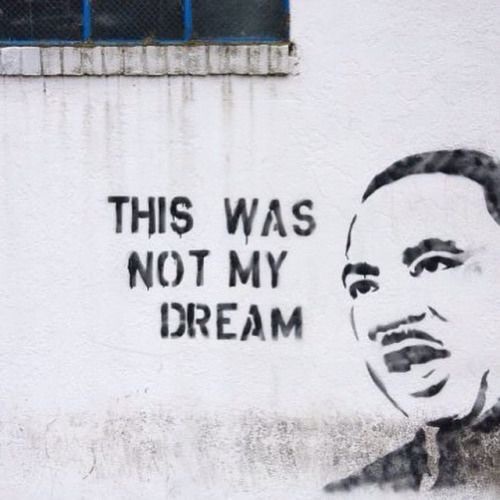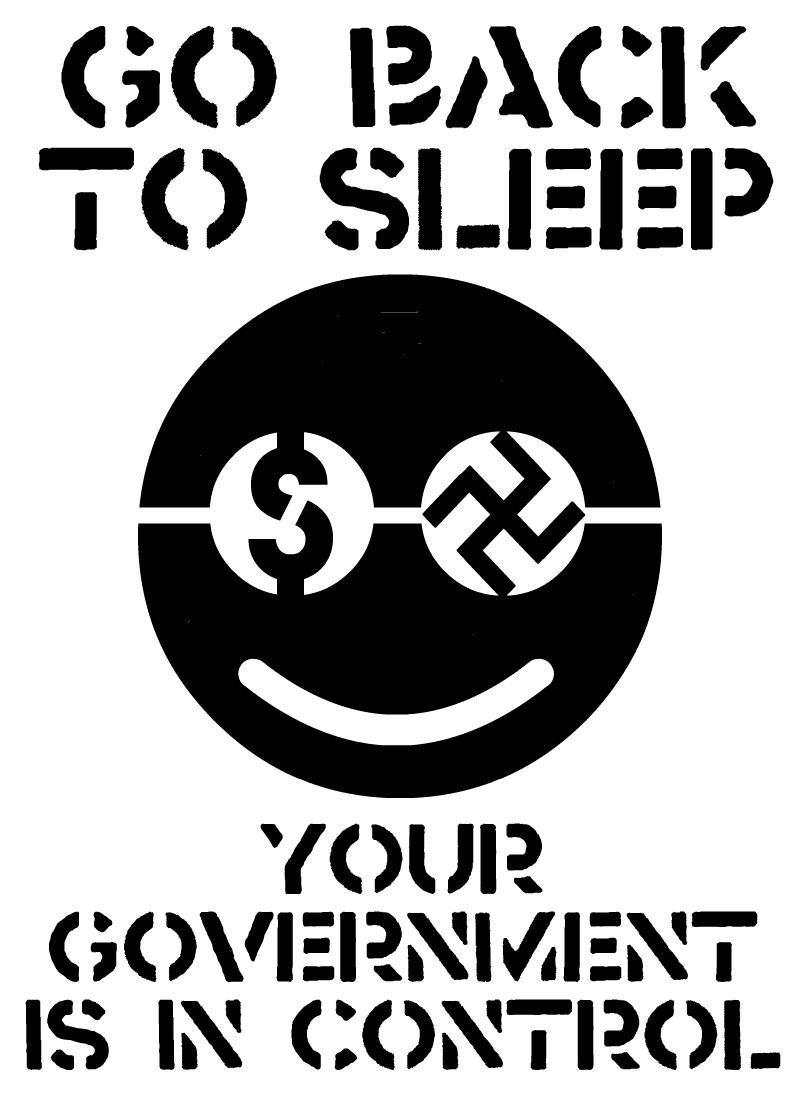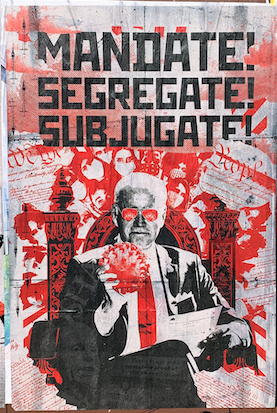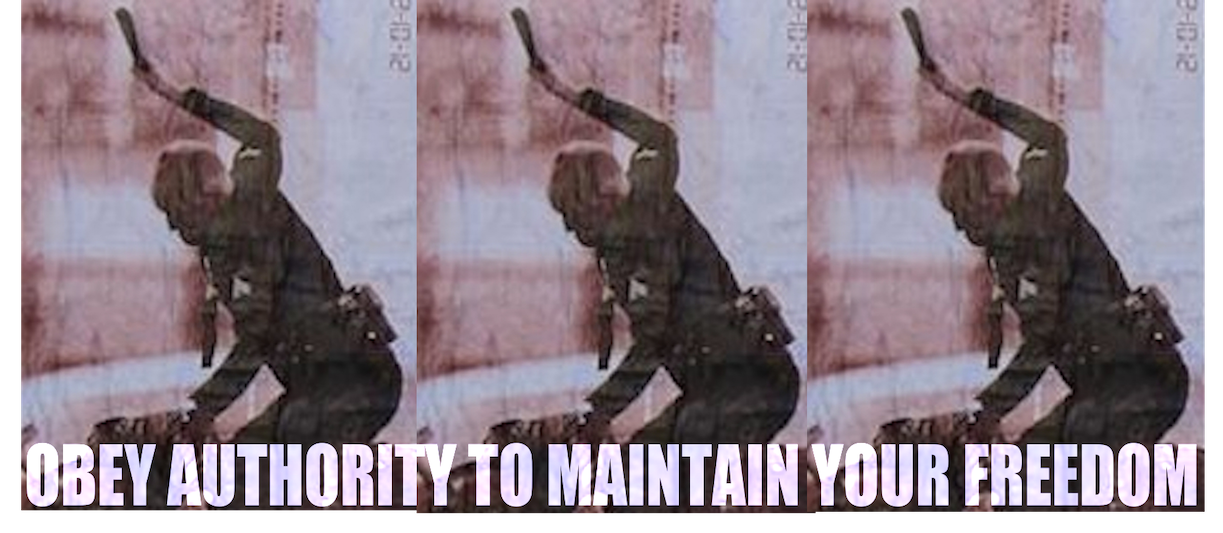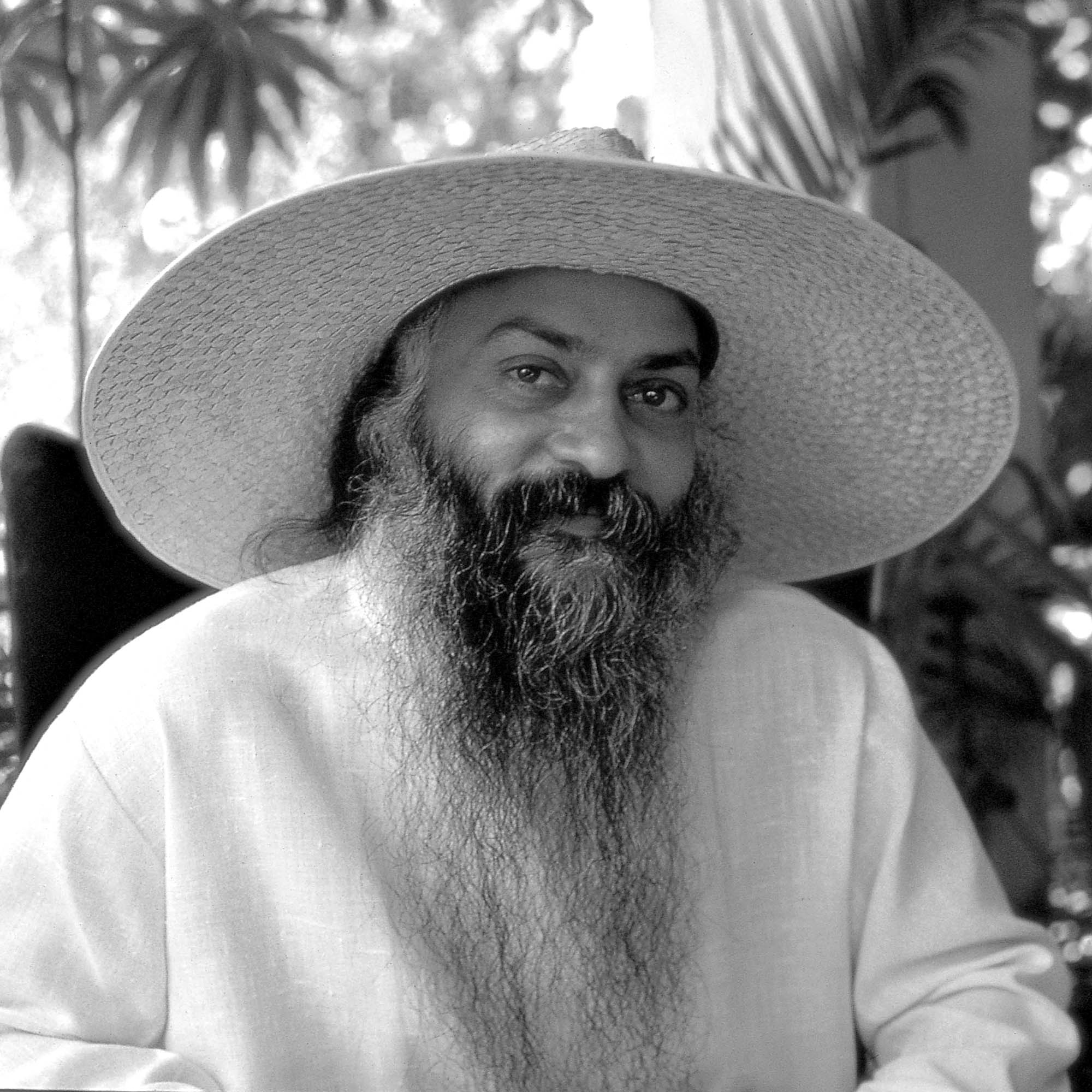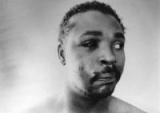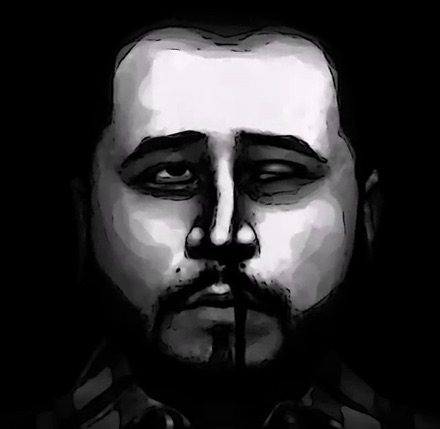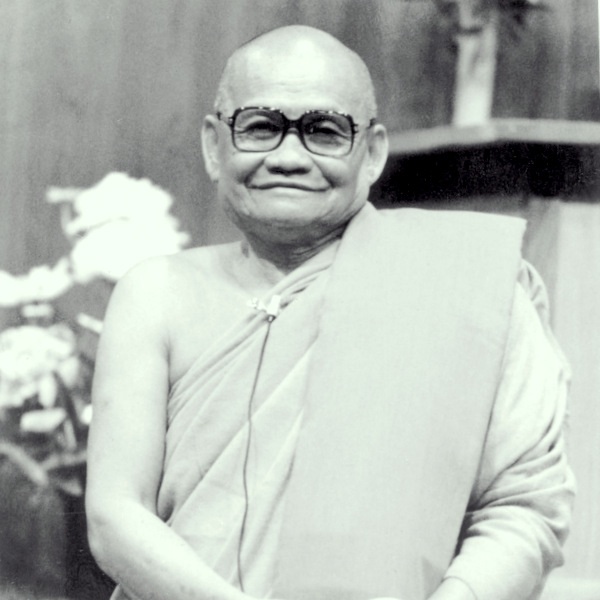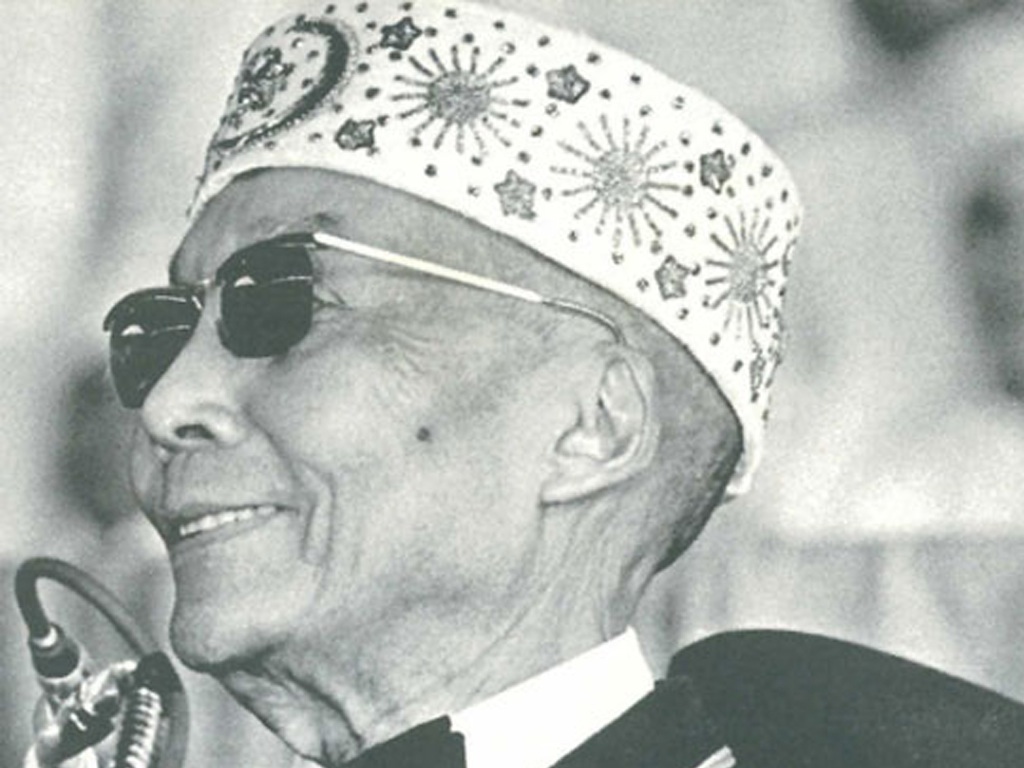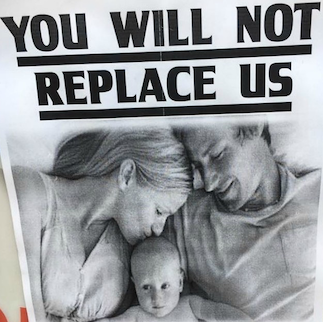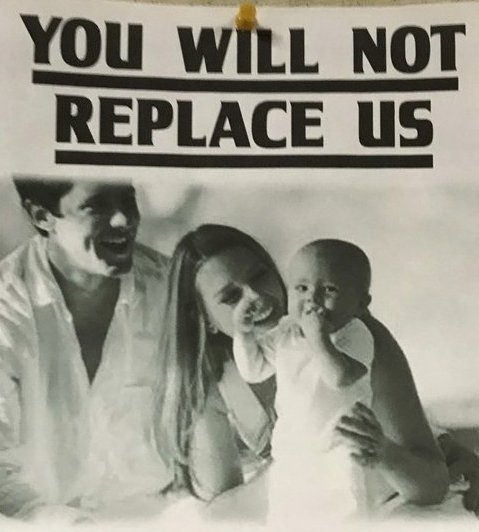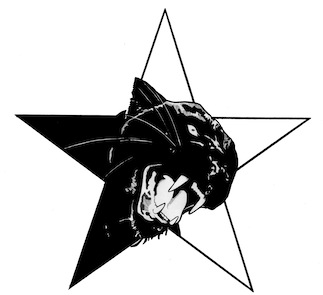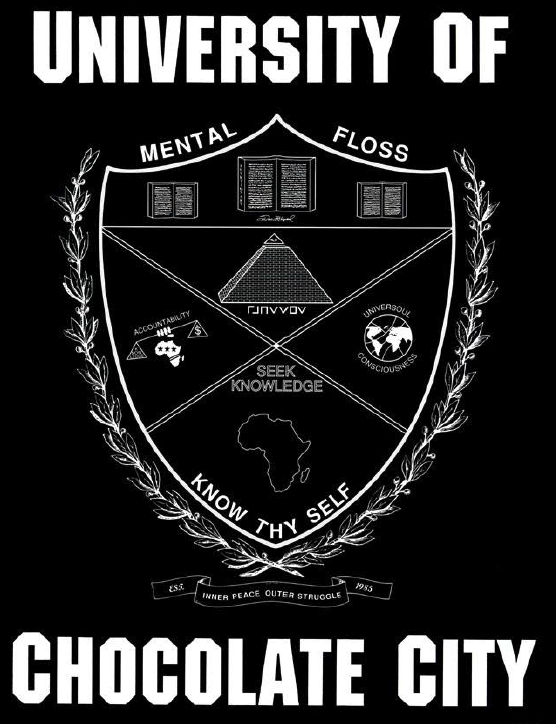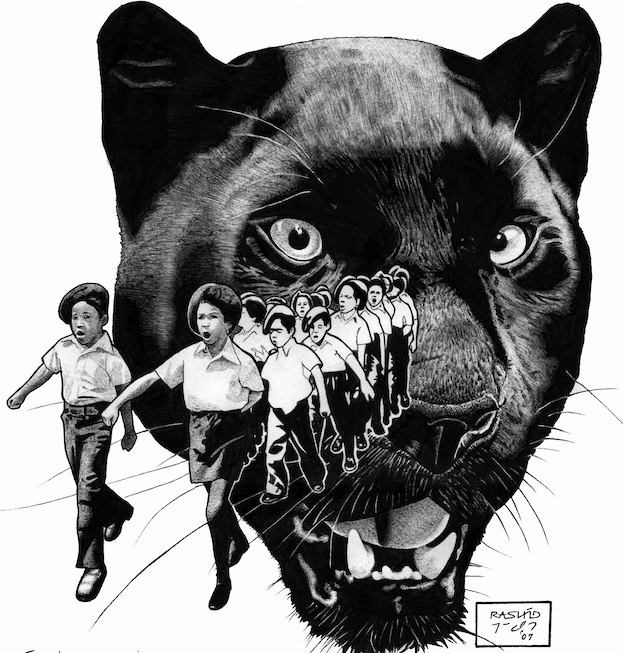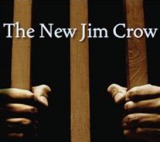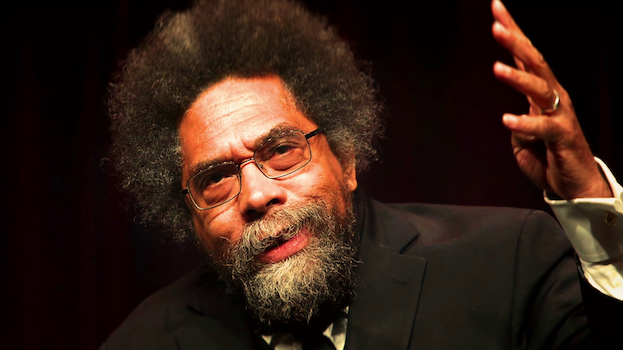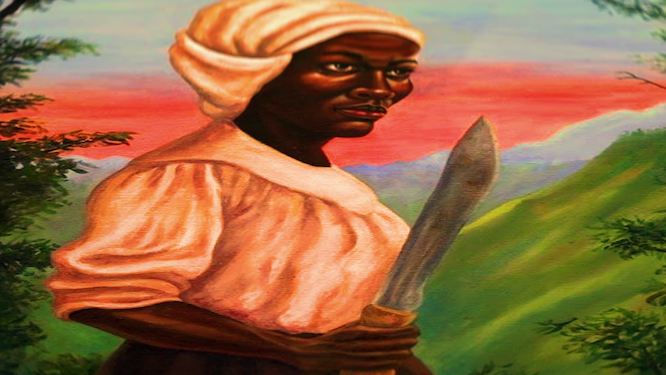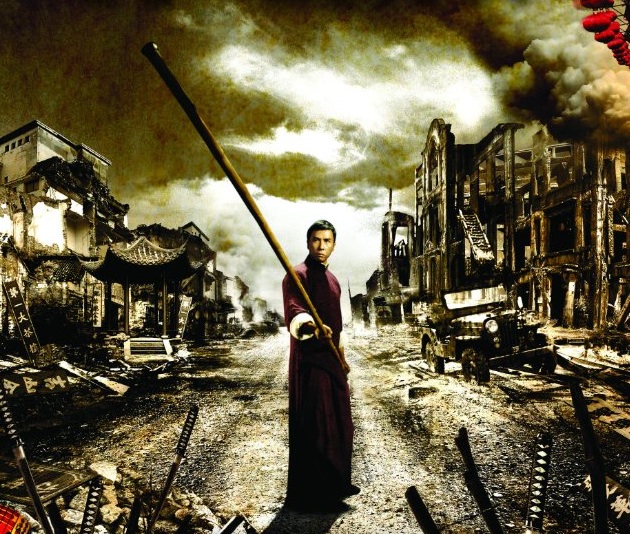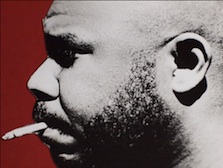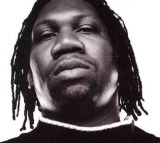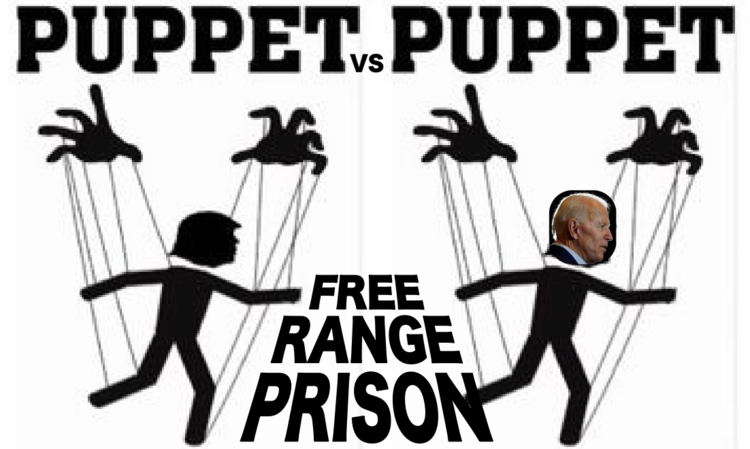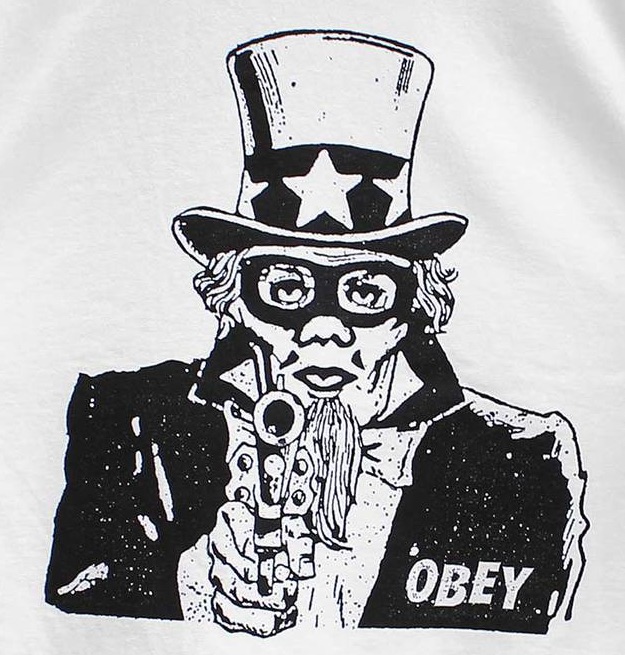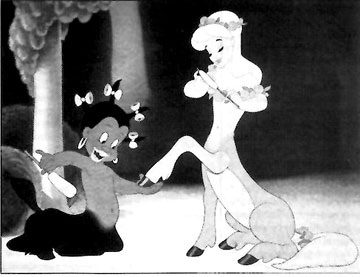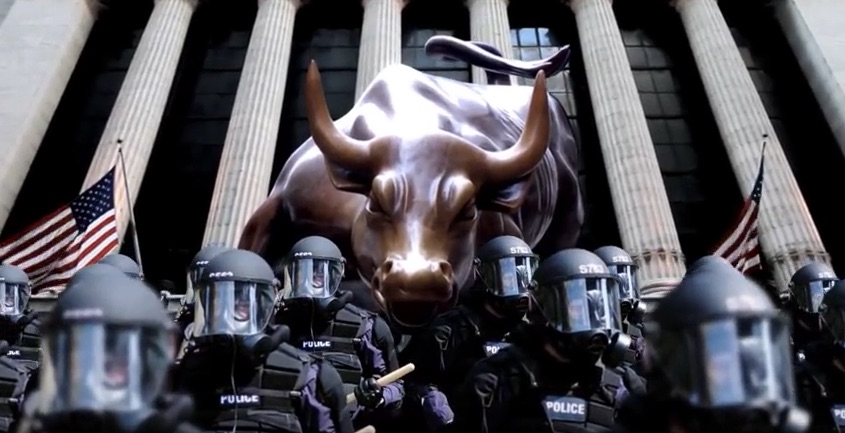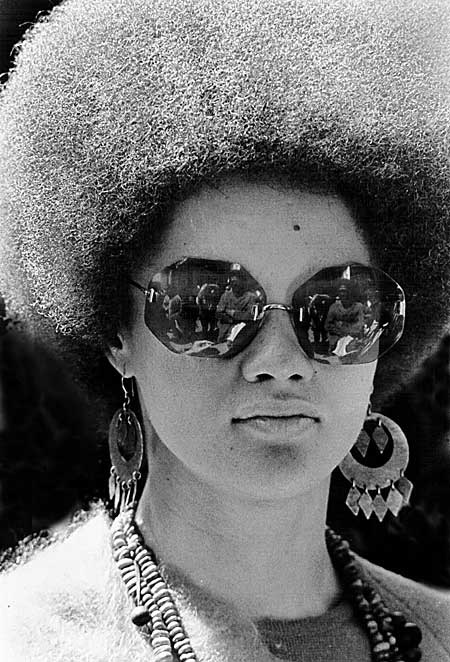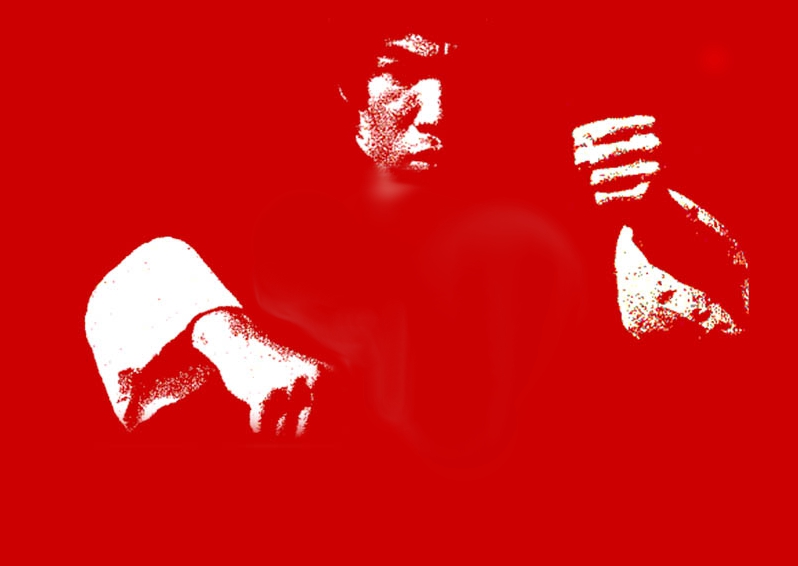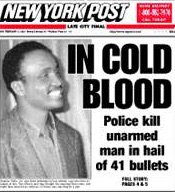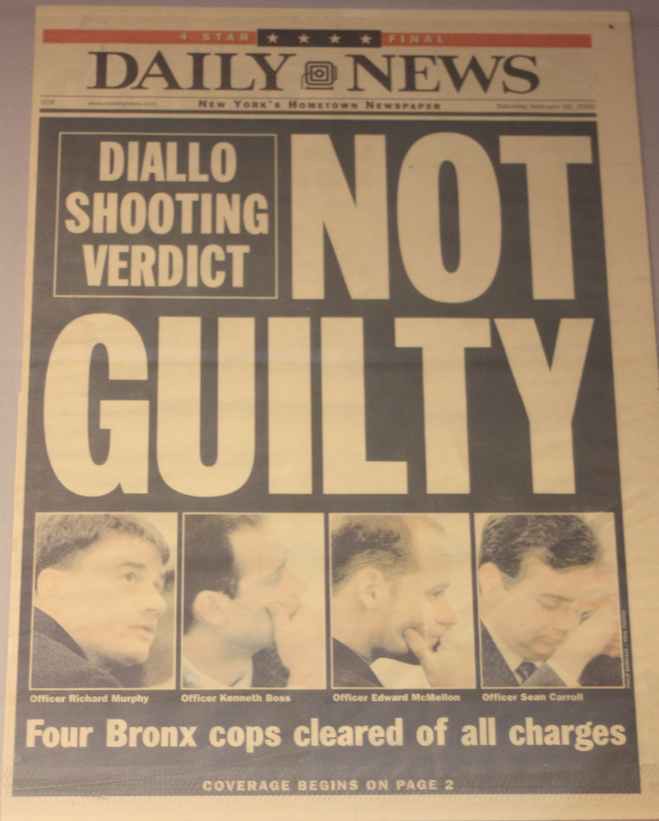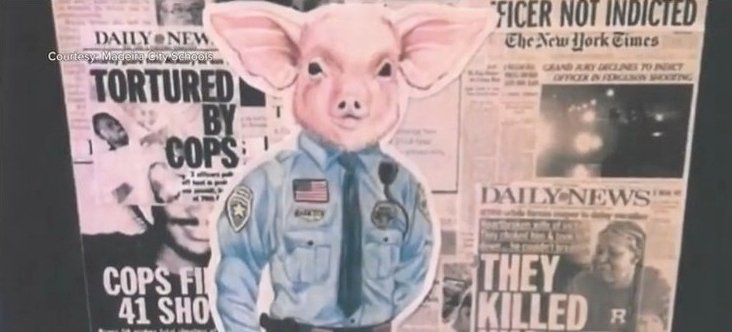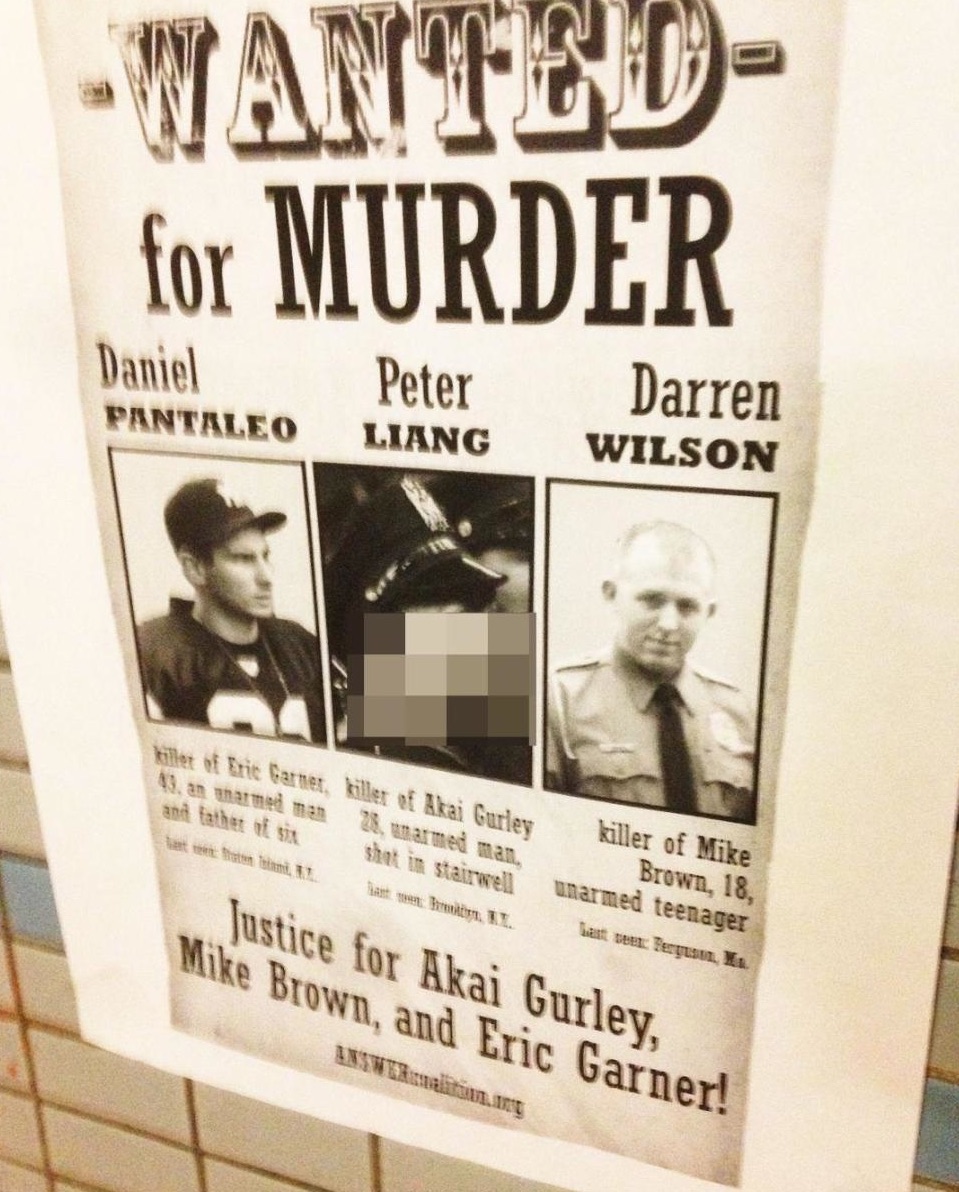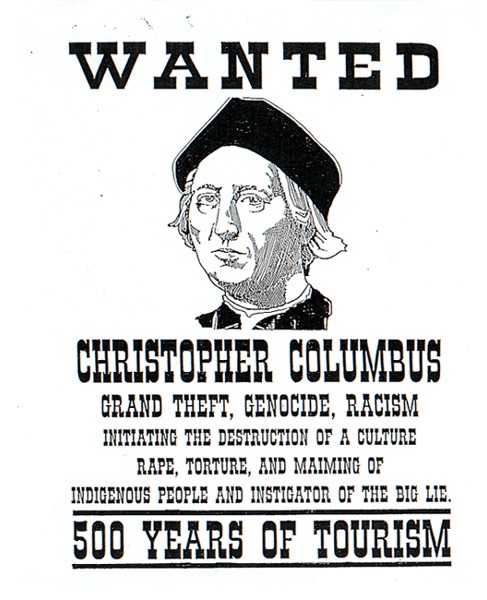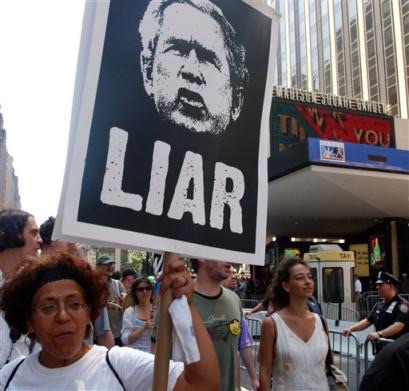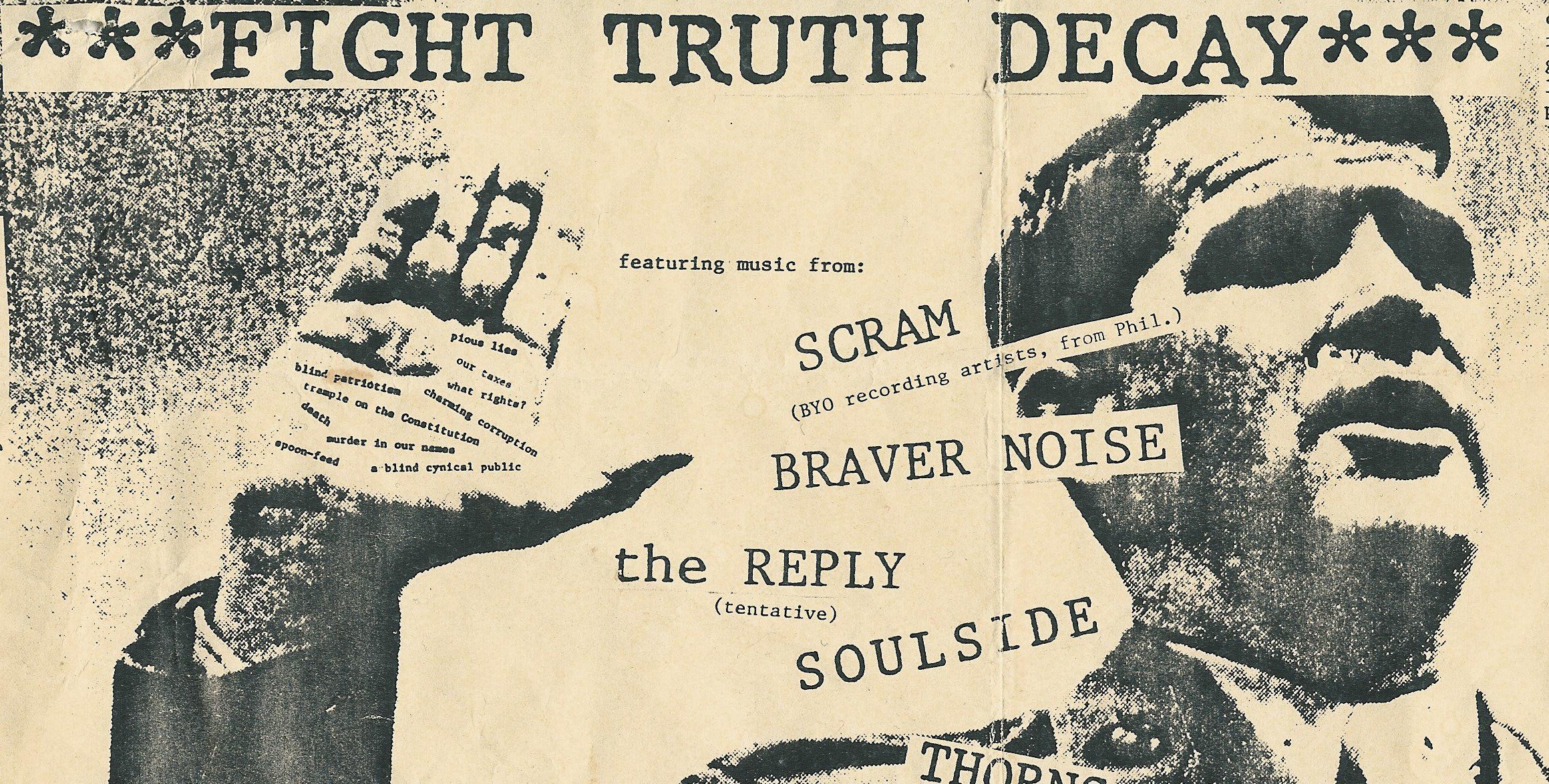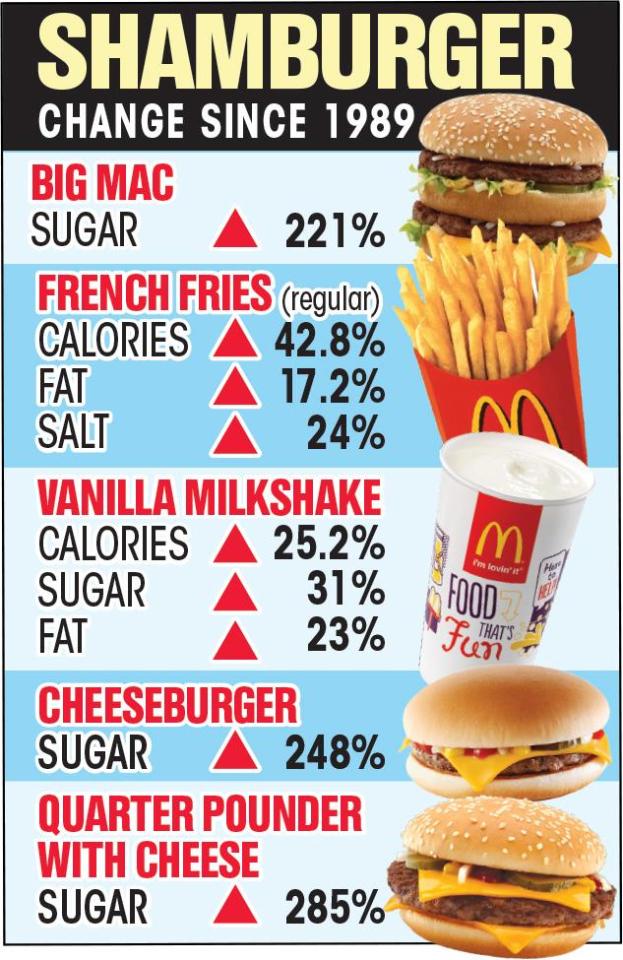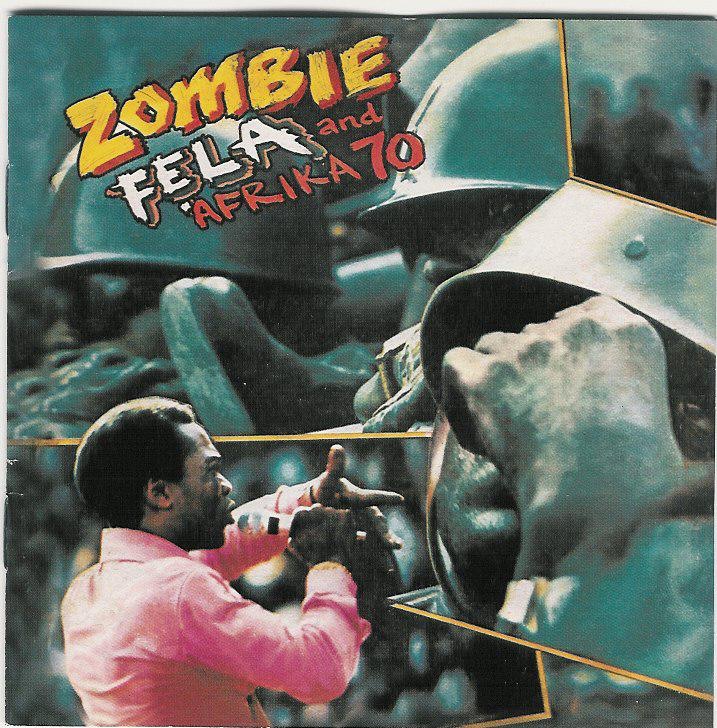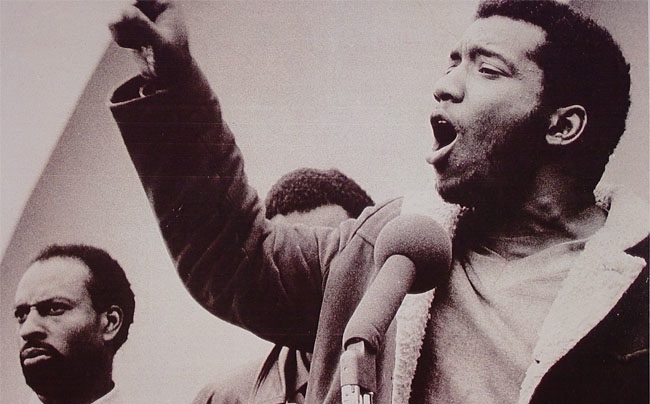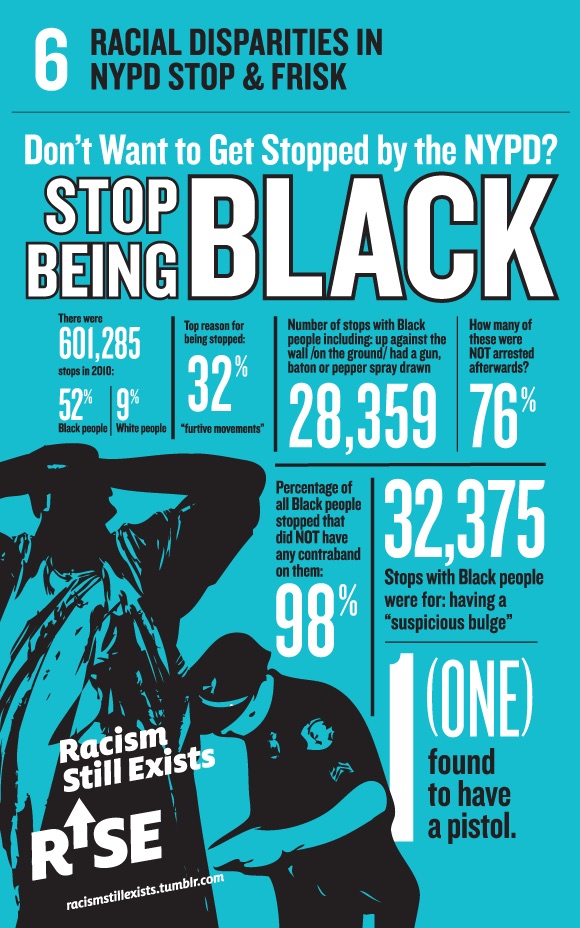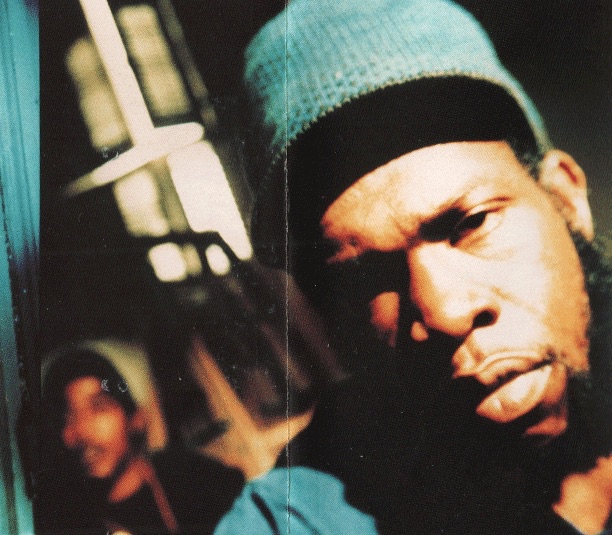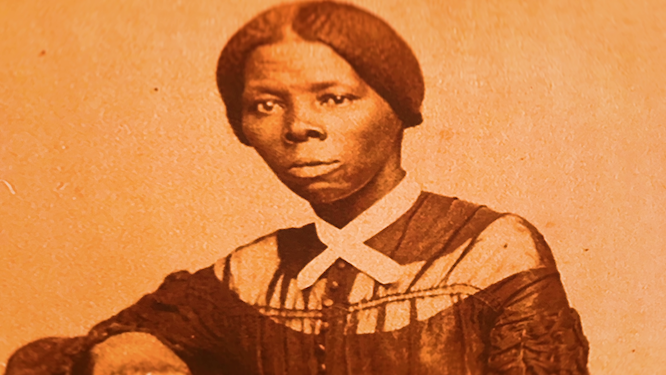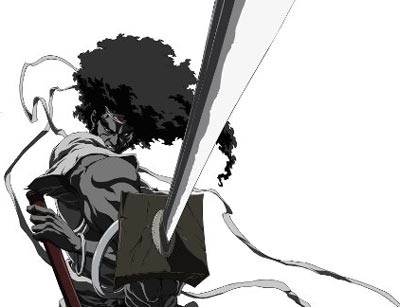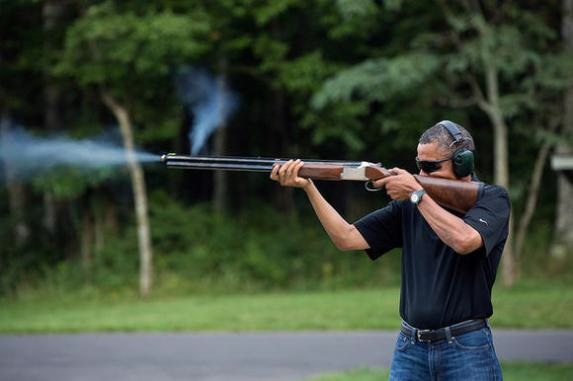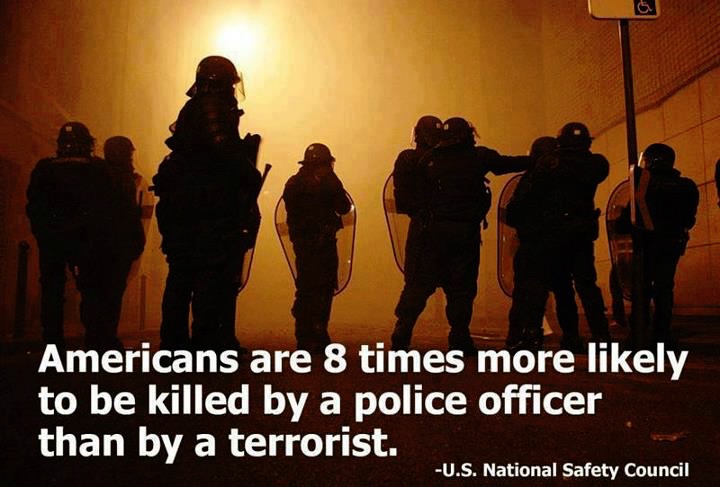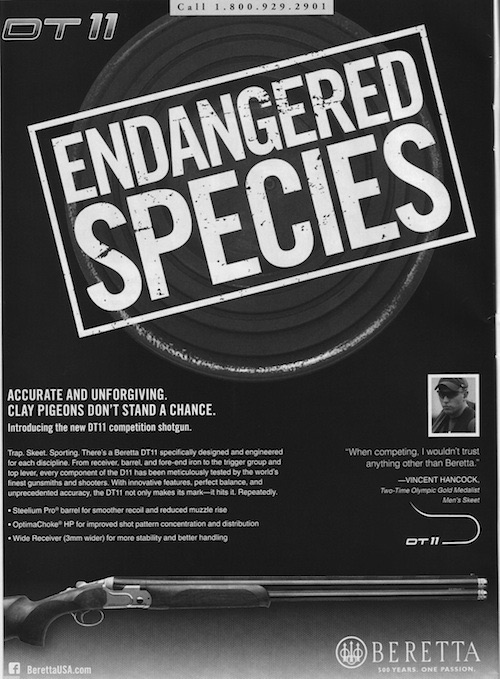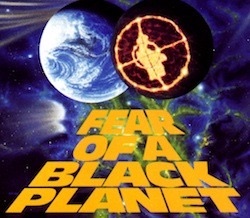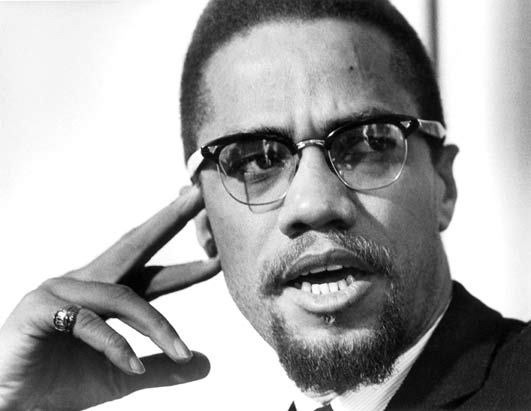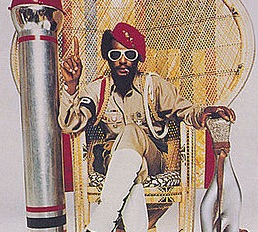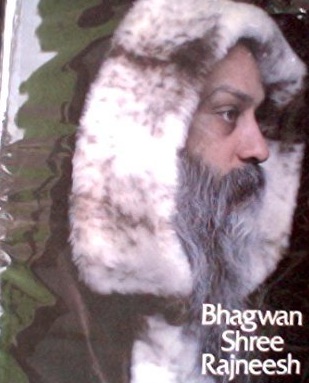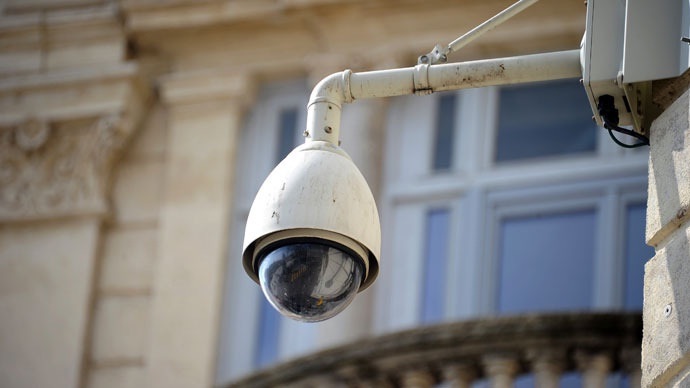Autopsy Shows Michael Brown Was Struck at Least 6 Times: Twice in the Head
/
[this provocative news was released late Sunday by NY Times just hours before the curfew.] Michael Brown, the unarmed black teenager who was killed by a police officer, sparking protests around the nation, was shot at least six times, including twice in the head, a preliminary private autopsy performed on Sunday found.
One of the bullets entered the top of Mr. Brown’s skull, suggesting his head was bent forward when it struck him and caused a fatal injury, according to Dr. Michael M. Baden, the former chief medical examiner for the City of New York, who flew to Missouri on Sunday at the family’s request to conduct the separate autopsy. It was likely the last of bullets to hit him, he said.
Mr. Brown, 18, was also shot four times in the right arm, he said, adding that all the bullets were fired into his front.
The bullets did not appear to have been shot from very close range because no gunpowder was present on his body. However, that determination could change if it turns out that there is gunshot residue on Mr. Brown’s clothing, to which Dr. Baden did not have access.
Attorney General Eric H. Holder Jr. said Sunday that the Justice Department would conduct its own autopsy, in addition to the one performed by local officials and this private one because, a department spokesman said, of “the extraordinary circumstances involved in this case and at the request of the Brown family.”
The preliminary autopsy results are the first time that some of the critical information resulting in Mr. Brown’s death has been made public. Thousands of protesters demanding information and justice for what was widely viewed as a reckless shooting took to the streets here in rallies that ranged from peaceful to violent.
Mr. Brown died last week in a confrontation with a police officer here in this suburb of St. Louis. The police department has come under harsh criticism for refusing to clarify the circumstances of the shooting and for responding to protests with military-style operational gear.
“People have been asking: How many times was he shot? This information could have been released on Day 1,” Dr. Baden said in an interview after performing the autopsy. “They don’t do that, even as feelings built up among the citizenry that there was a cover-up. We are hoping to alleviate that.”
Dr. Baden said that while Mr. Brown was shot at least six times, only three bullets were recovered from his body. But he has not yet seen the X-rays showing where the bullets were found, which would clarify the autopsy results. Nor has he had access to witness and police statements.
Dr. Baden provided a diagram of the entry wounds, and noted that the six shots produced numerous wounds. Some of the bullets entered and exited several times, including one that left at least five different wounds.
“This one here looks like his head was bent downward,” he said, indicating the wound at the very top of Mr. Brown’s head. “It can be because he’s giving up, or because he’s charging forward at the officer.”
He stressed that his information does not assign blame or justify the shooting.
“We need more information; for example, the police should be examining the automobile to see if there is gunshot residue in the police car,” he said.
Dr. Baden, 80, is a well-known New York-based medical examiner, who is one of only about 400 board-certified forensic pathologists in the nation. He reviewed the autopsies of both President John F. Kennedy and the Rev. Dr. Martin Luther King Jr., and has performed more than 20,000 autopsies himself.
He is best known for having hosted the HBO show “Autopsy,” but he rankles when he is called a “celebrity medical examiner,” saying that the vast majority of what he does has nothing to do with celebrities.
Dr. Baden said that because of the tremendous attention to the case, he waived his $10,000 fee.
Prof. Shawn L. Parcells, a pathologist assistant based in Kansas, assisted Dr. Baden.
“You do this for the families,” Mr. Parcells said.
The two medical experts conducted the four-hour examination Sunday at the Austin A. Layne Mortuary in St. Louis. Benjamin L. Crump, a lawyer for Mr. Brown’s family who paid their travel expenses, hired them.
“The sheer number of bullets and the way they were scattered all over his body showed this police officer had a brazen disregard for the very people he was supposed to protect in that community,” Mr. Crump said. “We want to make sure people understand what this case is about: This case is about a police officer executing a young unarmed man in broad daylight.”
A spokesman for the Ferguson Police Department, Tim Zoll, said the police had not seen a report of the autopsy and therefore had no comment on it.
Dr. Baden said he consulted with the St. Louis County medical examiner before conducting the autopsy.
One of the bullets shattered Mr. Brown’s right eye, traveled through his face, exited his jaw and re-entered his collarbone. The last two shots in the head would have stopped him in his tracks and were likely the last fired.
Mr. Brown, he said, would not have survived the shooting even if he had been taken to a hospital right away. The autopsy indicated that he was otherwise healthy.
Dr. Baden said it was unusual for the federal government to conduct a third autopsy, but dueling examinations often occur when there is so much distrust of the authorities. The county of St. Louis has conducted an autopsy, and the results have not yet been released.
He stressed that his examination was not to determine whether the shooting was justified.
“In my capacity as the forensic examiner for the New York State Police, I would say, ‘You’re not supposed to shoot so many times,’ ” said Dr. Baden, who retired from the state police in 2011. “Right now there is too little information to forensically reconstruct the shooting.”
No matter what conclusions can be drawn from Dr. Baden’s work, Mr. Brown’s death remains marked by shifting and contradictory accounts more than a week after it occurred. The shooting is under investigation by St. Louis County and by the F.B.I., working with the Justice Department’s civil rights division and the office of Attorney General Holder.
According to what has emerged so far, on Saturday, Aug. 9, Mr. Brown, along with a companion, Dorian Johnson, was walking in the middle of Canfield Drive, a fistful of cigarillos in Mr. Brown’s hand, police say, which a videotape shows he stole from a liquor store on West Florissant Ave.
At 12:01 p.m., they were stopped by Darren Wilson, a police officer, who ordered them off the road and onto the sidewalk, Mr. Johnson, who is 22, later said.
The police have said that what happened next was a physical struggle between Mr. Brown and Officer Wilson that left the officer with a swollen face. Mr. Johnson and others have said that it was a case of racial profiling and police aggression from a white officer toward a black man. Within minutes, Mr. Brown, who was unarmed, was dead of gunshot wounds.
The sequence of events provided by law enforcement officials places Mr. Brown and Mr. Johnson at Ferguson Market and Liquors, a store several blocks away on West Florissant Ave., at about 11:50 a.m. After leaving the store with the cigarillos, the two walked north on West Florissant, a busy commercial thoroughfare, toward Canfield Drive, a clerk reported to the police.
Mr. Brown was a big man at 6-foot-4 and 292 pounds, though his family and friends described him as quiet and shy, a homebody who lived with his grandmother.
It is about a 10-minute walk from Ferguson Market to the spot where Officer Wilson, 28, with six years’ experience, approached Mr. Brown and Mr. Johnson.
The police tell of an officer who was enforcing the minor violation of jaywalking, as Mr. Brown and Mr. Johnson ignored the sidewalk and strolled down the middle of the road instead.
The morning after the shooting, Chief Jon Belmar of the St. Louis County police said that Officer Wilson was leaving his police car when Mr. Brown “allegedly pushed the police officer back into the car,” where he “physically assaulted the police officer.”
“Within the police car there was a struggle over the officer’s weapon,” Chief Belmar said. “There was at least one shot fired in the car.” At that point, the police said, Officer Wilson left his vehicle and fatally shot Mr. Brown. “More than a few” shell casings were recovered from the scene.
Mr. Johnson, who declined to be interviewed, has described the events differently in television interviews. While he and Mr. Brown walked, he said, Officer Wilson stopped his vehicle and told them to get on the sidewalk. When they refused, Officer Wilson slammed on his brakes and drove in reverse to get closer.
When the officer opened his door, it hit Mr. Brown. With his left hand, Officer Wilson reached out and grabbed Mr. Brown by the neck, Mr. Johnson said.
“It’s like tug-of-war,” Mr. Johnson said. “He’s trying to pull him in. He’s pulling away, that’s when I heard, ‘I’m gonna shoot you.’ ”
A witness, Tiffany Mitchell, said in an interview with MSNBC that she heard tires squeal, then saw Mr. Brown and Officer Wilson “wrestling” through the open car window. A shot went off from within the car, Mr. Johnson said, and the two began to run away from the officer.
According to Ms. Mitchell, “The officer gets out of his vehicle,” she said, pursuing Mr. Brown, then continued to shoot.
Mr. Johnson said that he hid behind a parked car and that Mr. Brown was struck by a bullet in his back as he ran away, an account that Dr. Baden’s autopsy appears to contradict.
“Michael’s body jerks as if he was hit,” Ms. Mitchell said, “and then he put his hands up.” Mr. Brown turned, Mr. Johnson said, raised his hands, and said, “I don’t have a gun, stop shooting!”
Officer Wilson continued to fire and Mr. Brown crumpled to the ground, Mr. Johnson said. Within seconds, confusion and horror swept through Canfield Drive. On that Saturday afternoon, dozens of neighbors were at home and rushed out of their apartments when they heard gunshots.
One person who claimed to witness the shooting began posting frantic messages on Twitter, written hastily with shorthand and grammatical errors, only two minutes after Officer Wilson approached Mr. Brown. At 12:03 p.m., the person, identified as @TheePharoah, a St. Louis-area rapper, wrote on Twitter that he had just seen someone die.
That same minute, he wrote, “Im about to hyperventilate.”
At 12:23 p.m., he wrote, “dude was running and the cops just saw him. I saw him die bruh.”
A 10-minute video posted on YouTube appeared to be taken on a cellphone by someone who identified himself as a neighbor. The video, which has collected more than 225,000 views, captures Mr. Brown’s body, the yellow police tape that marked off the crime scene and the residents standing behind it.
“They shot that boy ’cause they wanted to,” said one woman who can be heard on the video.
“They said he had his hands up and everything,” said the man taking the video, speaking to a neighbor.
Mr. Brown’s body remained in the street for several hours, a delay that Chief Jackson said last week made him “uncomfortable.” Antonio French, a St. Louis alderman who has been active in this case, said on ABC on Sunday that the body had remained in the street for nearly five hours.
At one point, a woman can be heard shouting, “Where is the ambulance? Where is the ambulance?” The man taking the video, who remained off-camera, said, “God rest his soul. He’s gone.”

